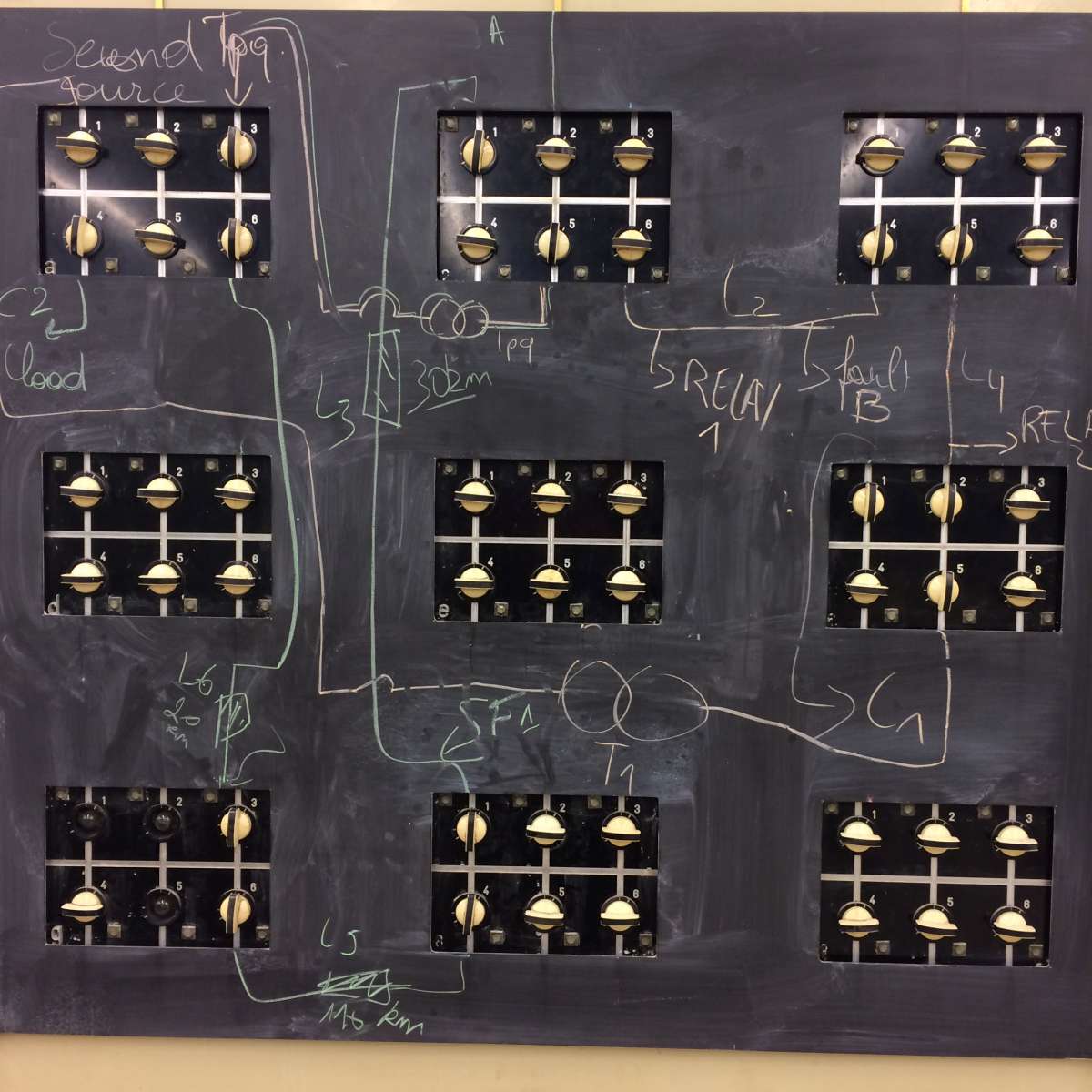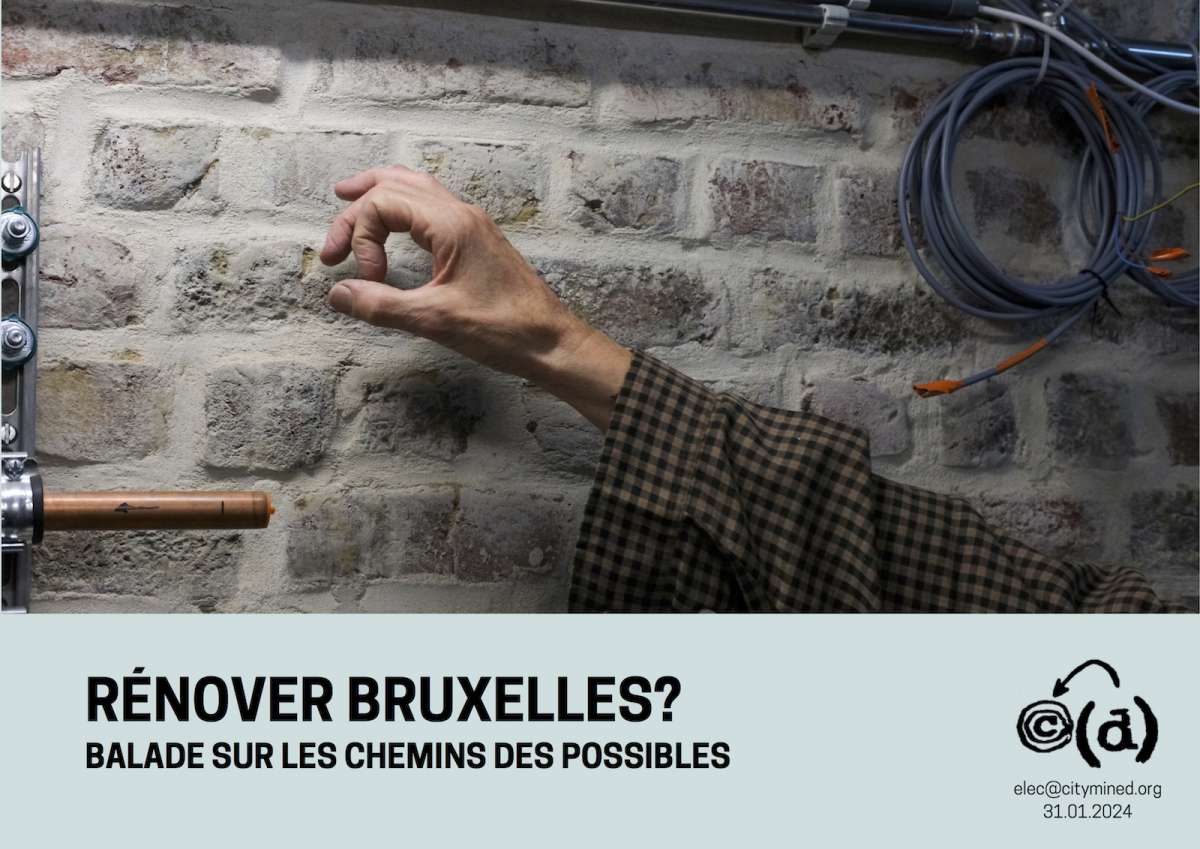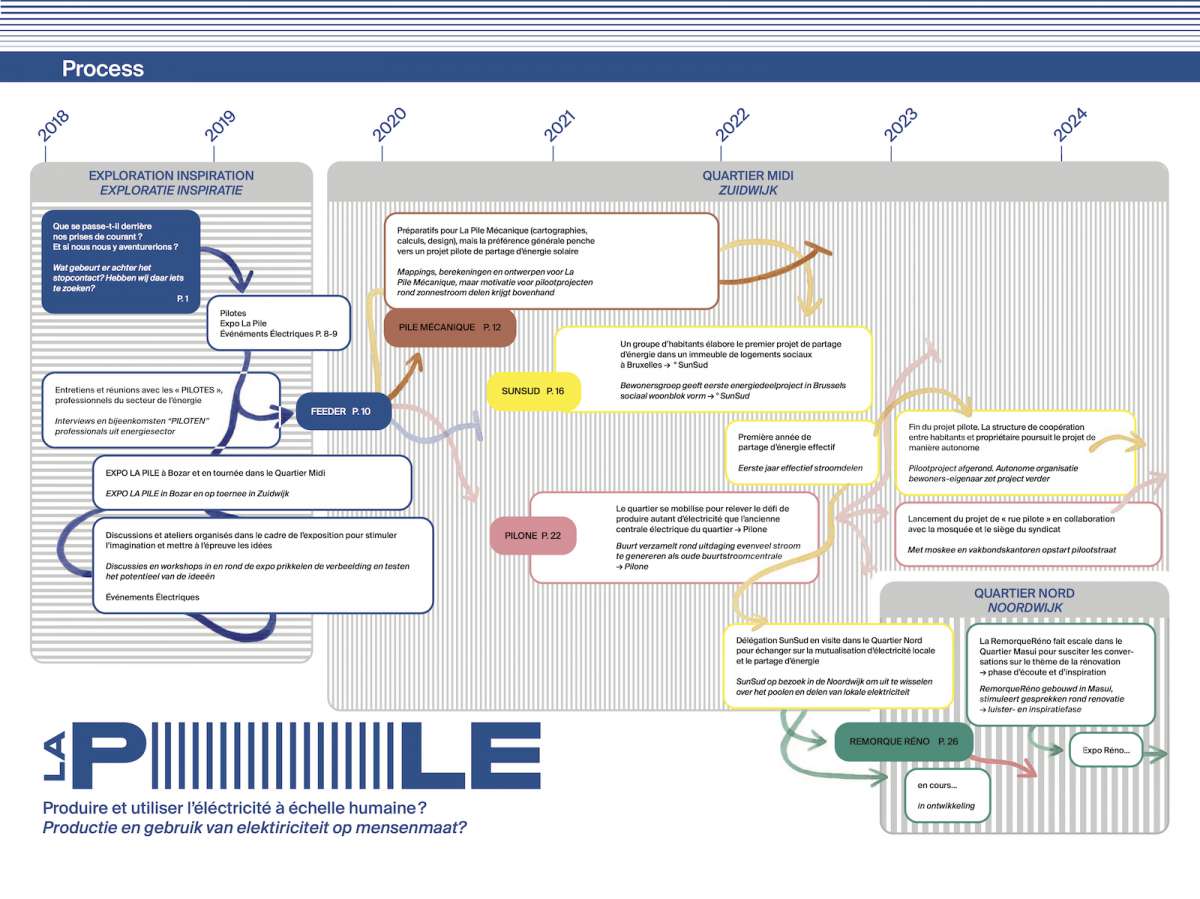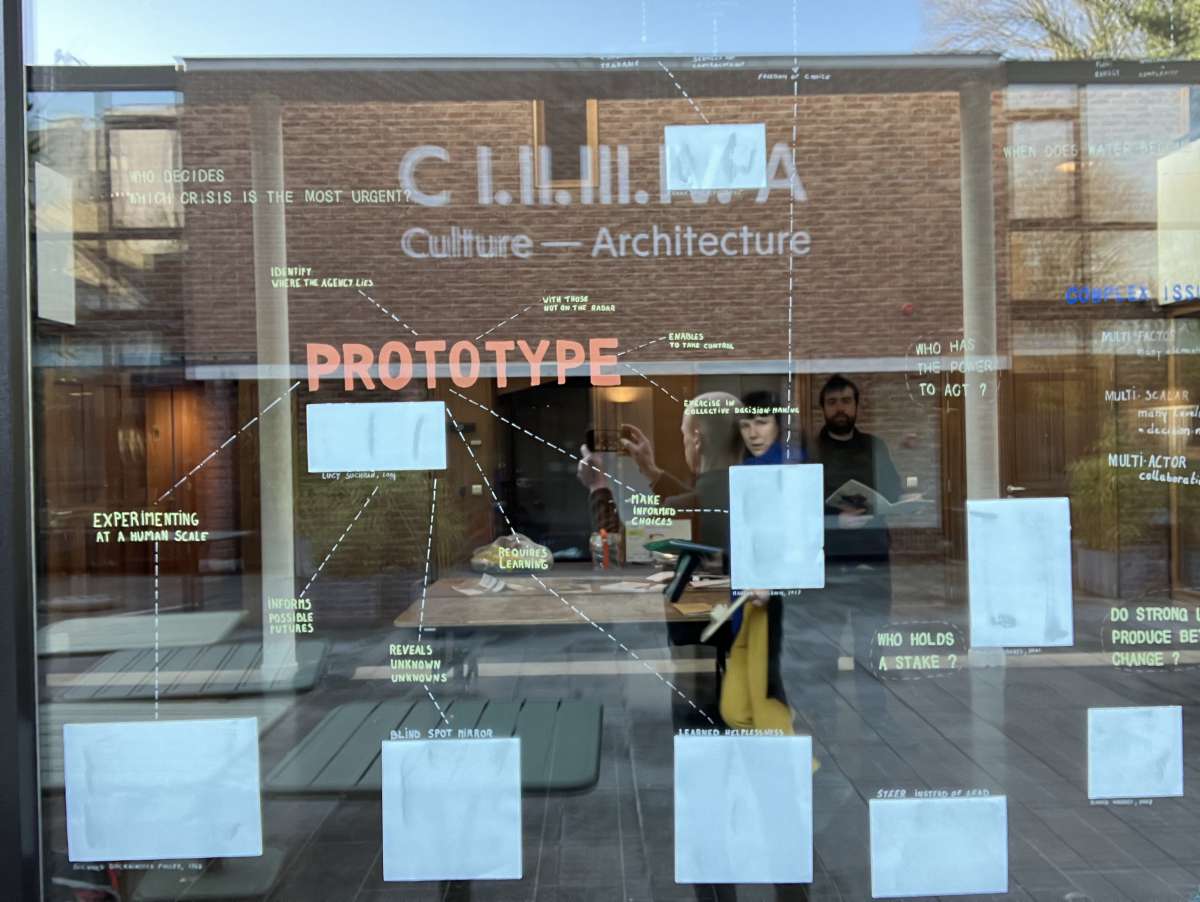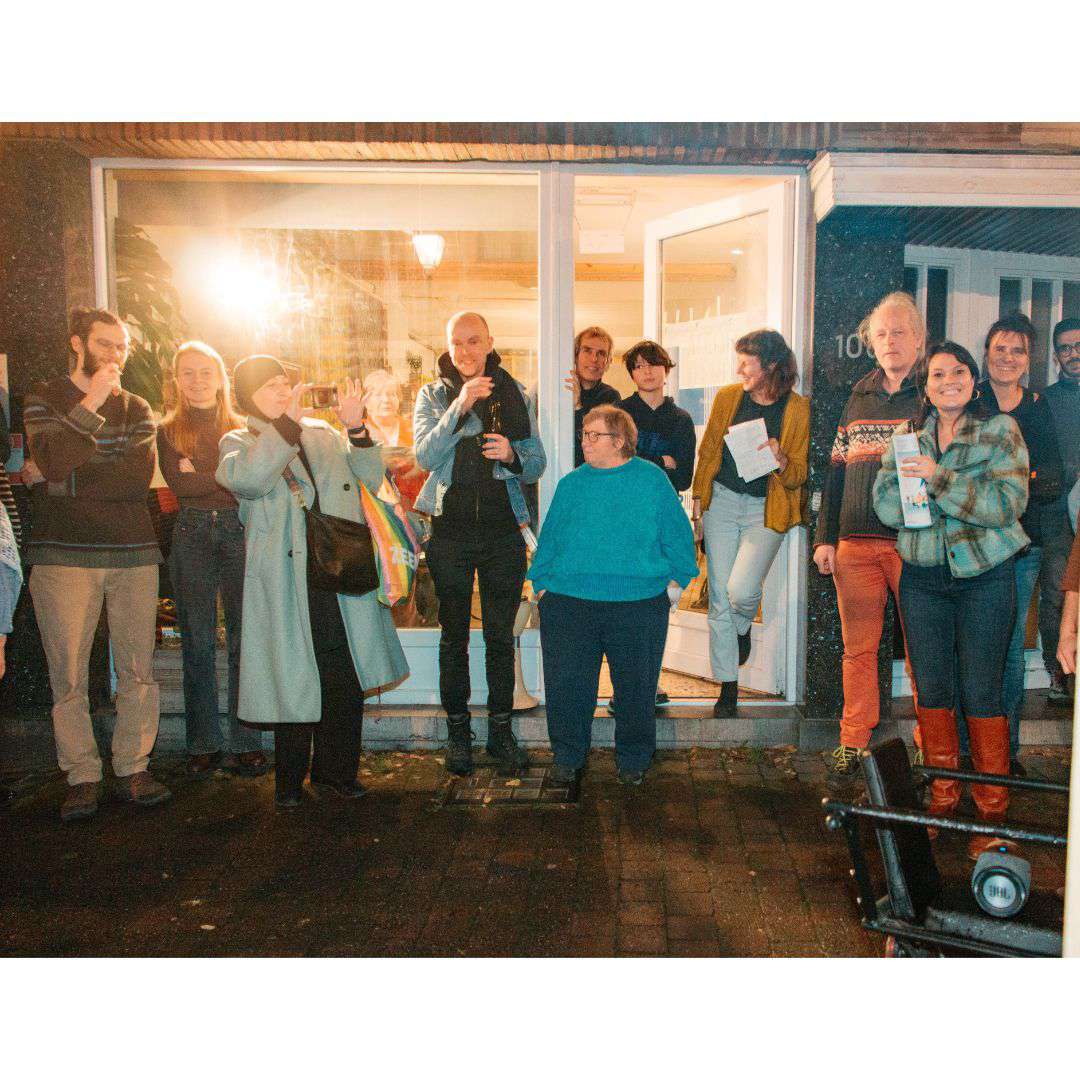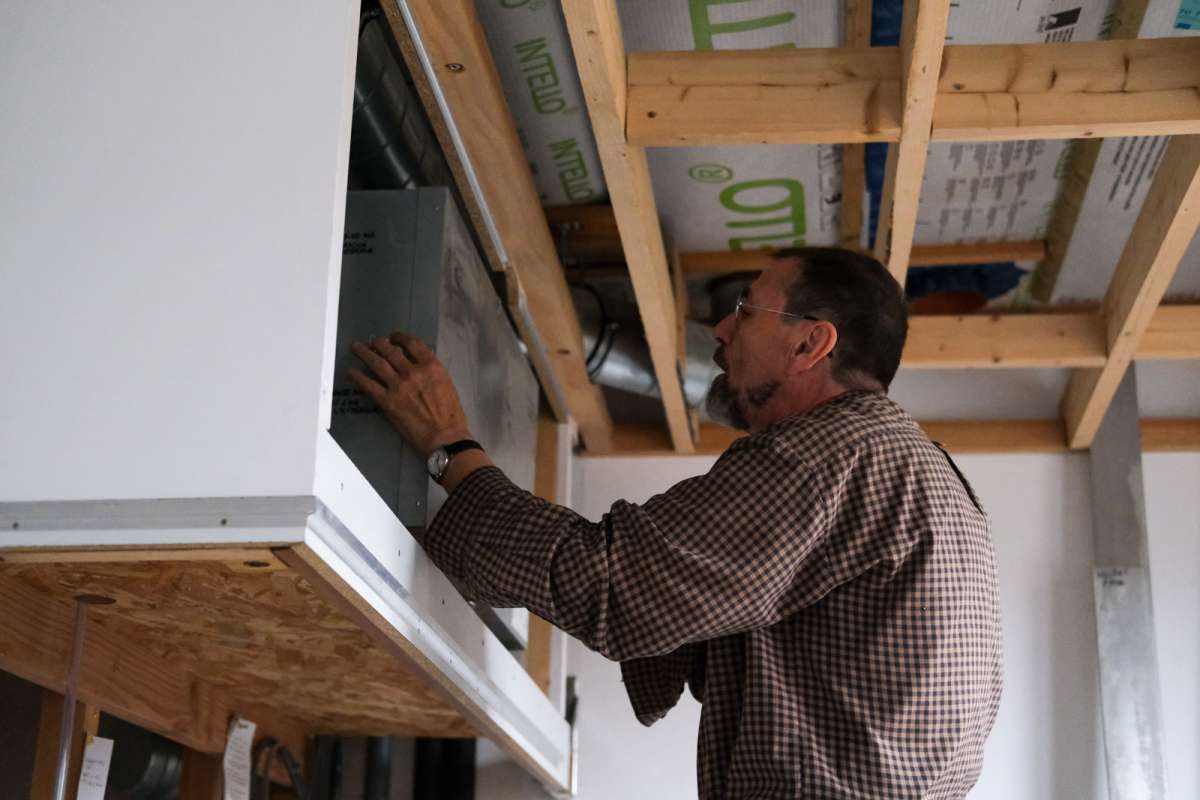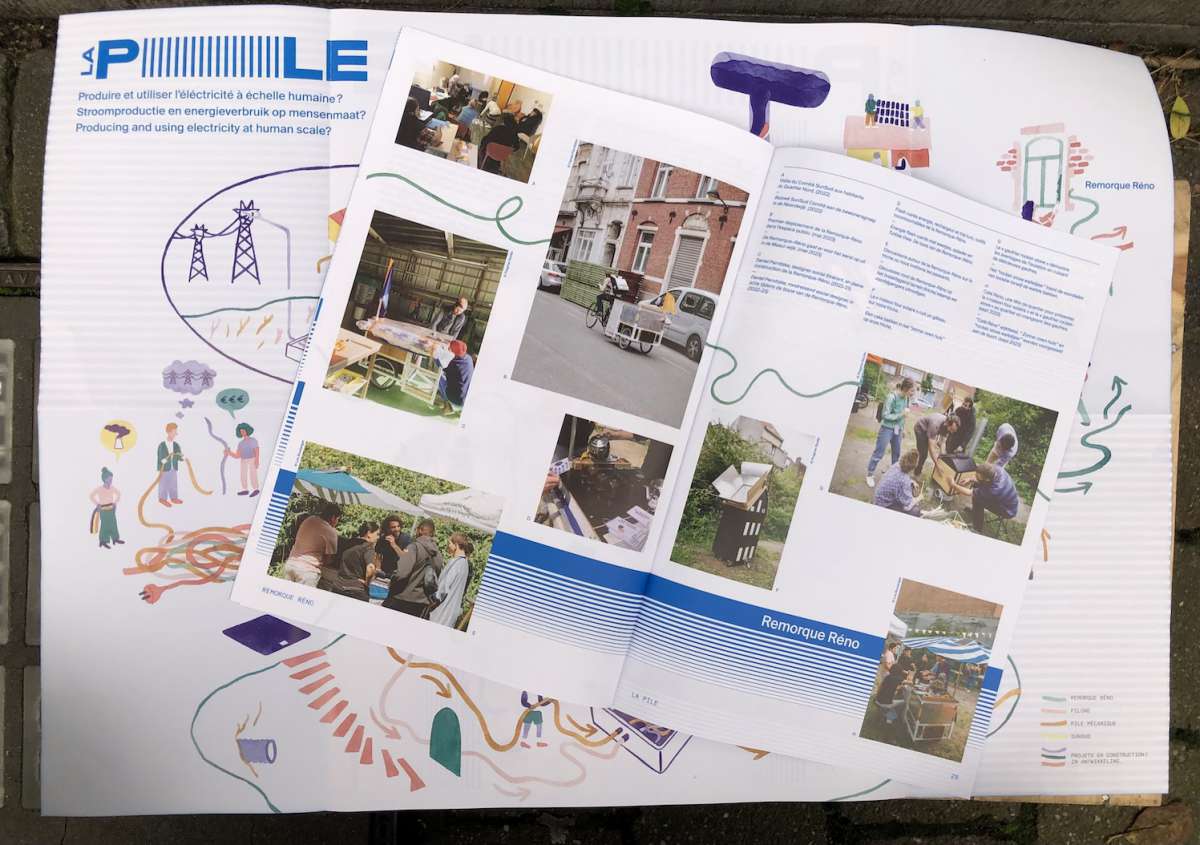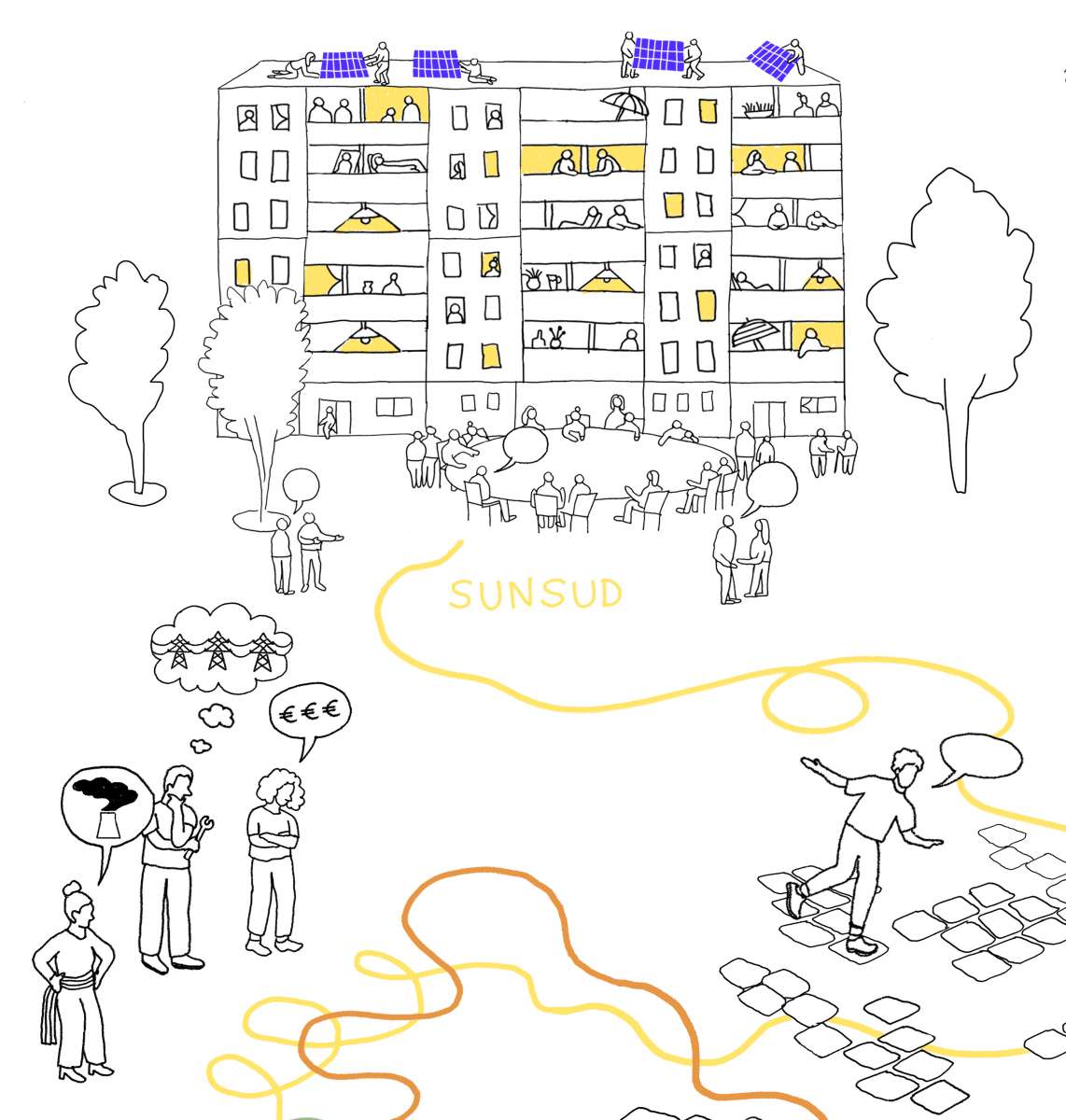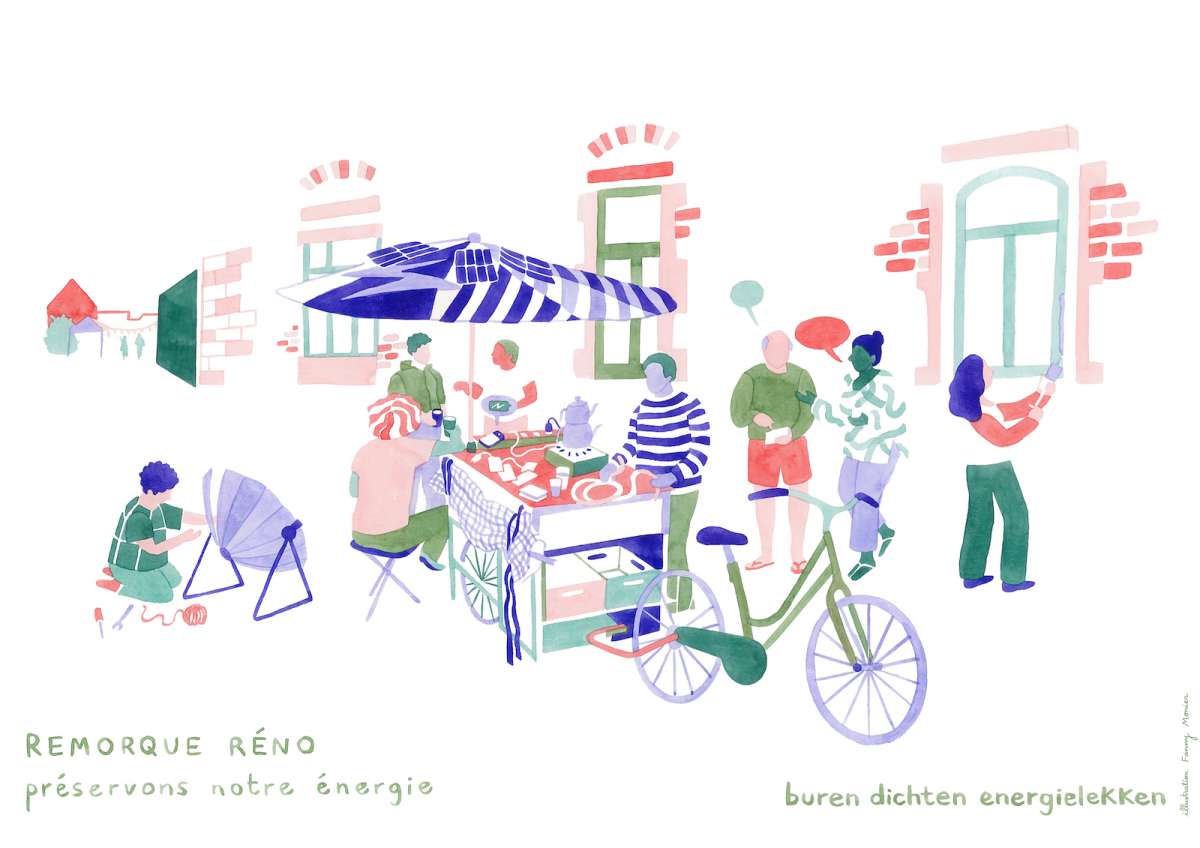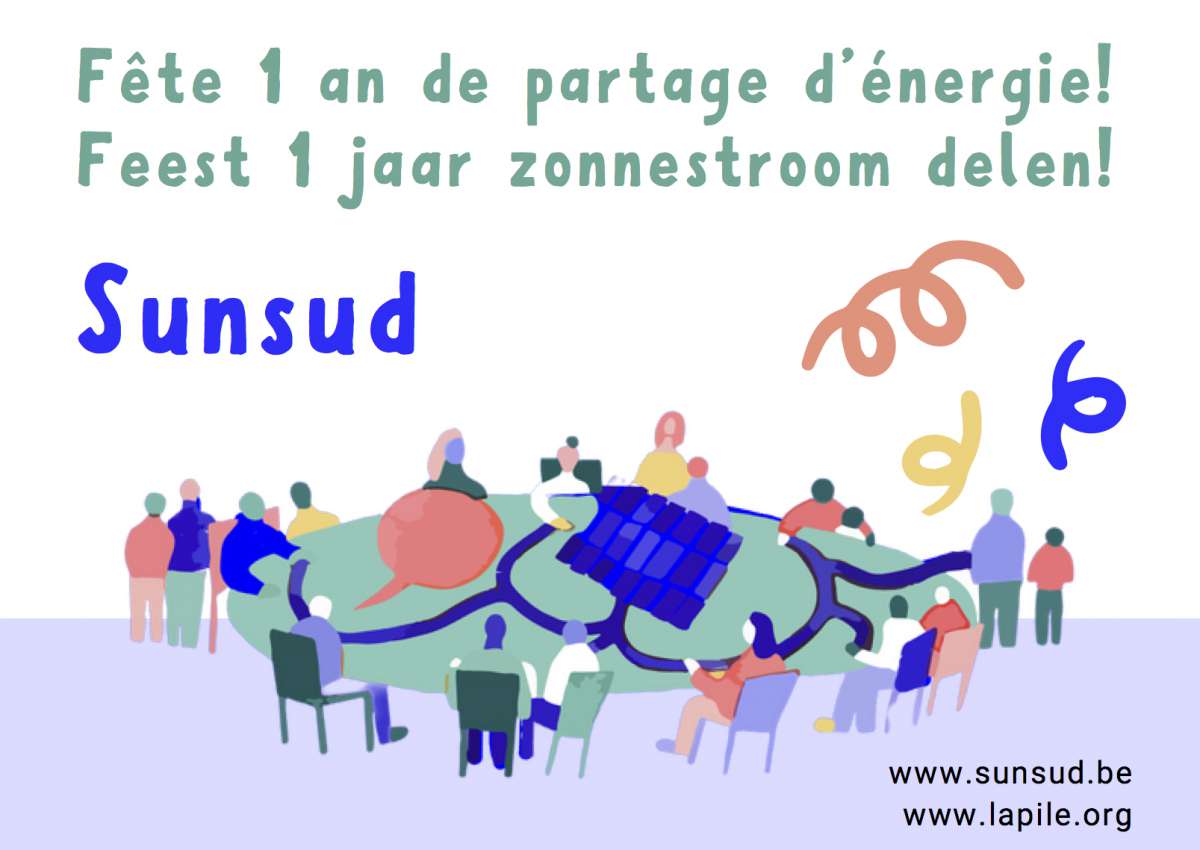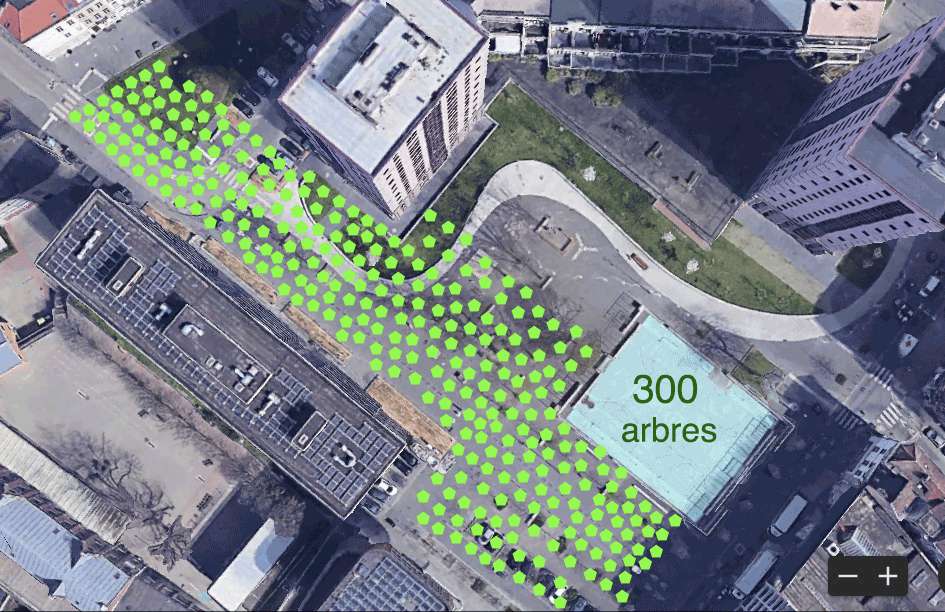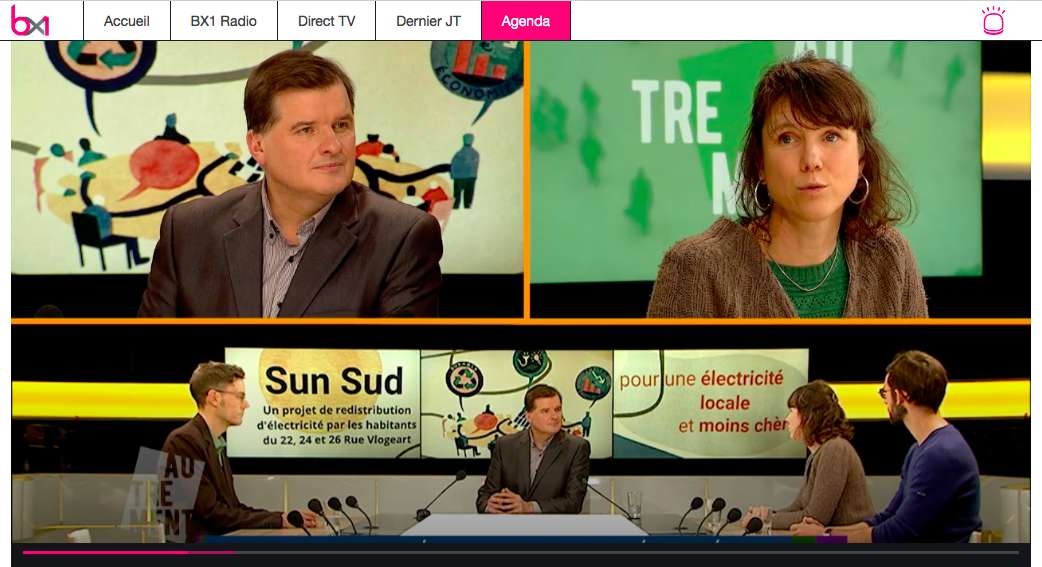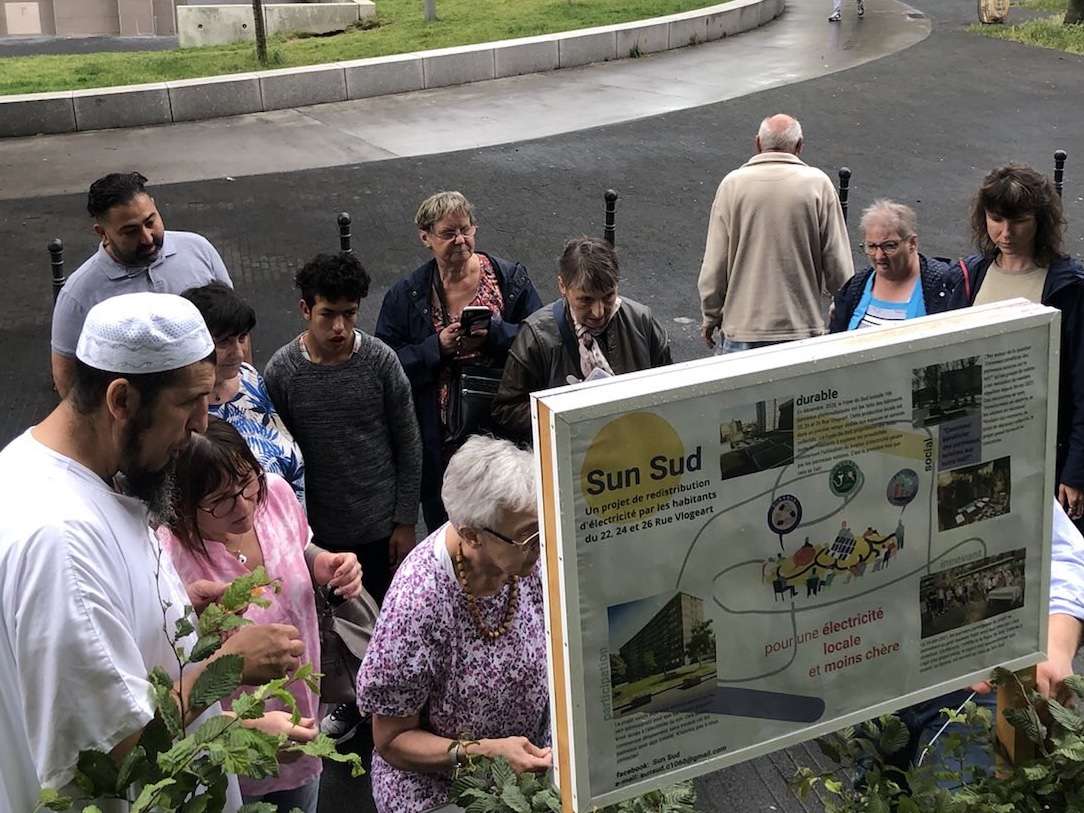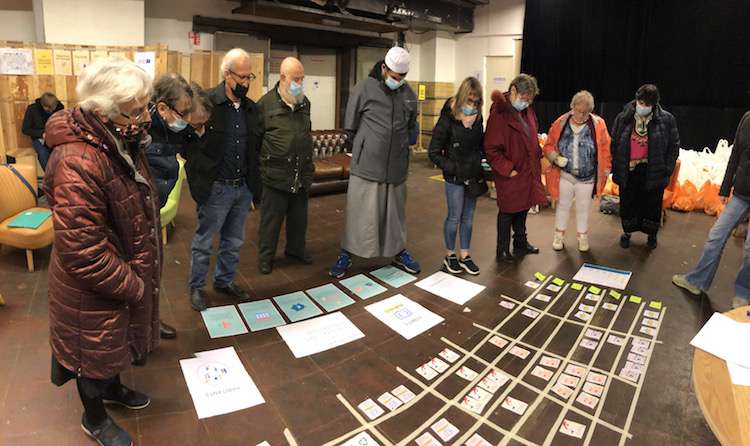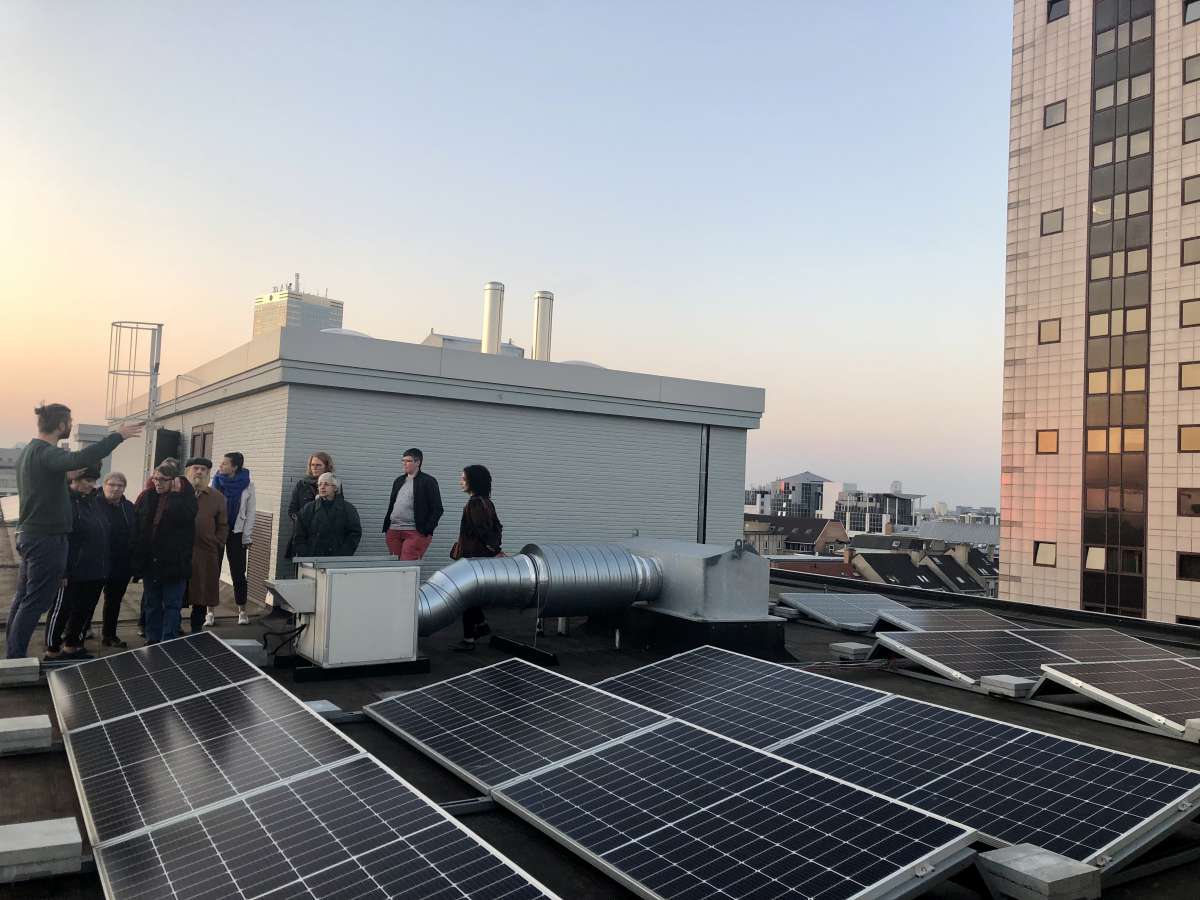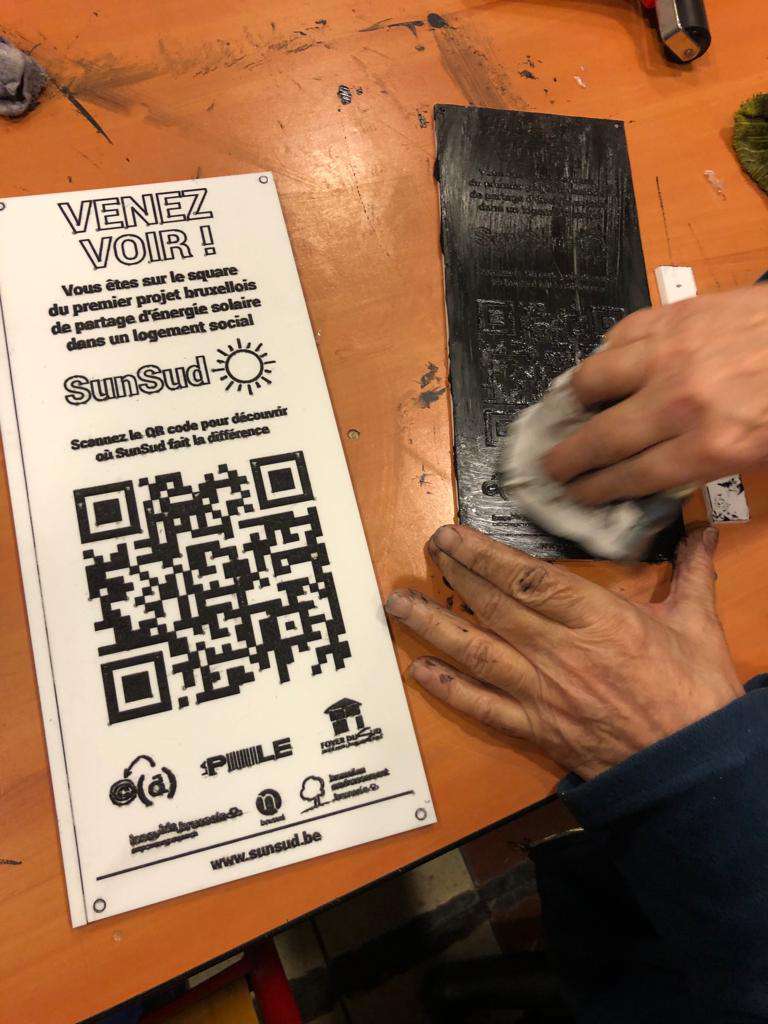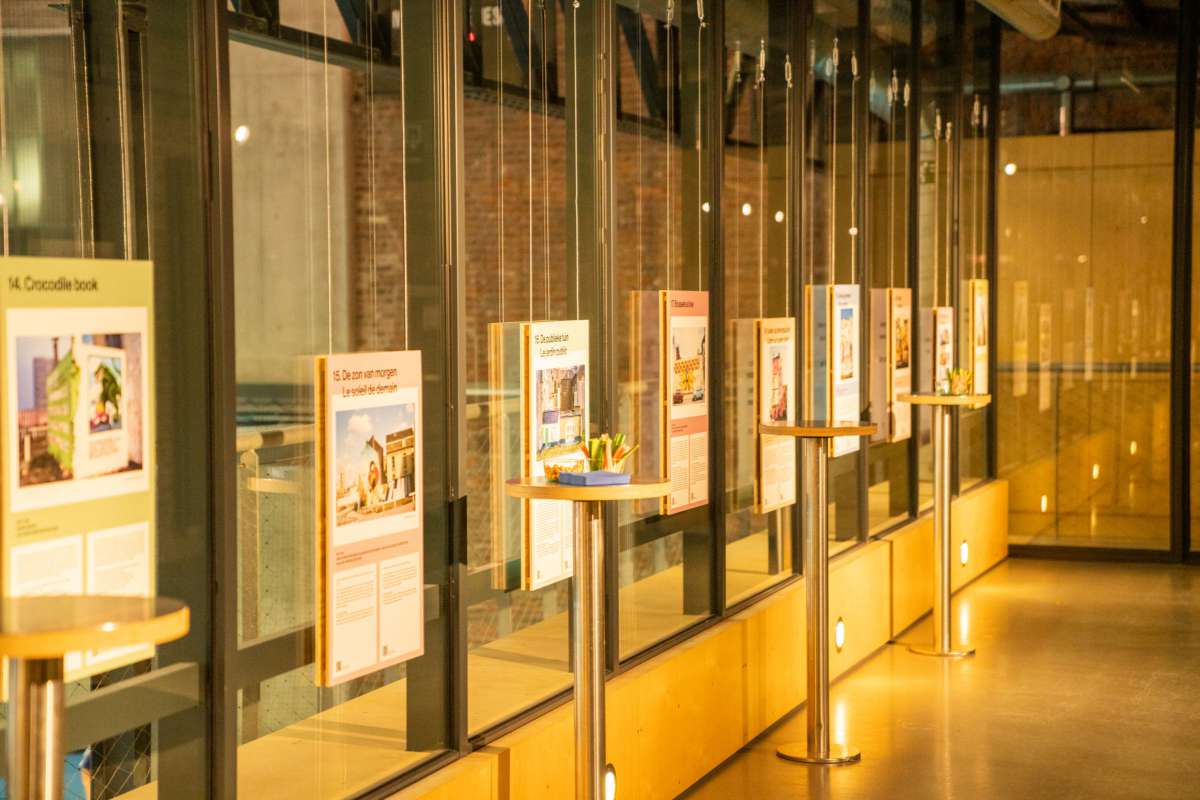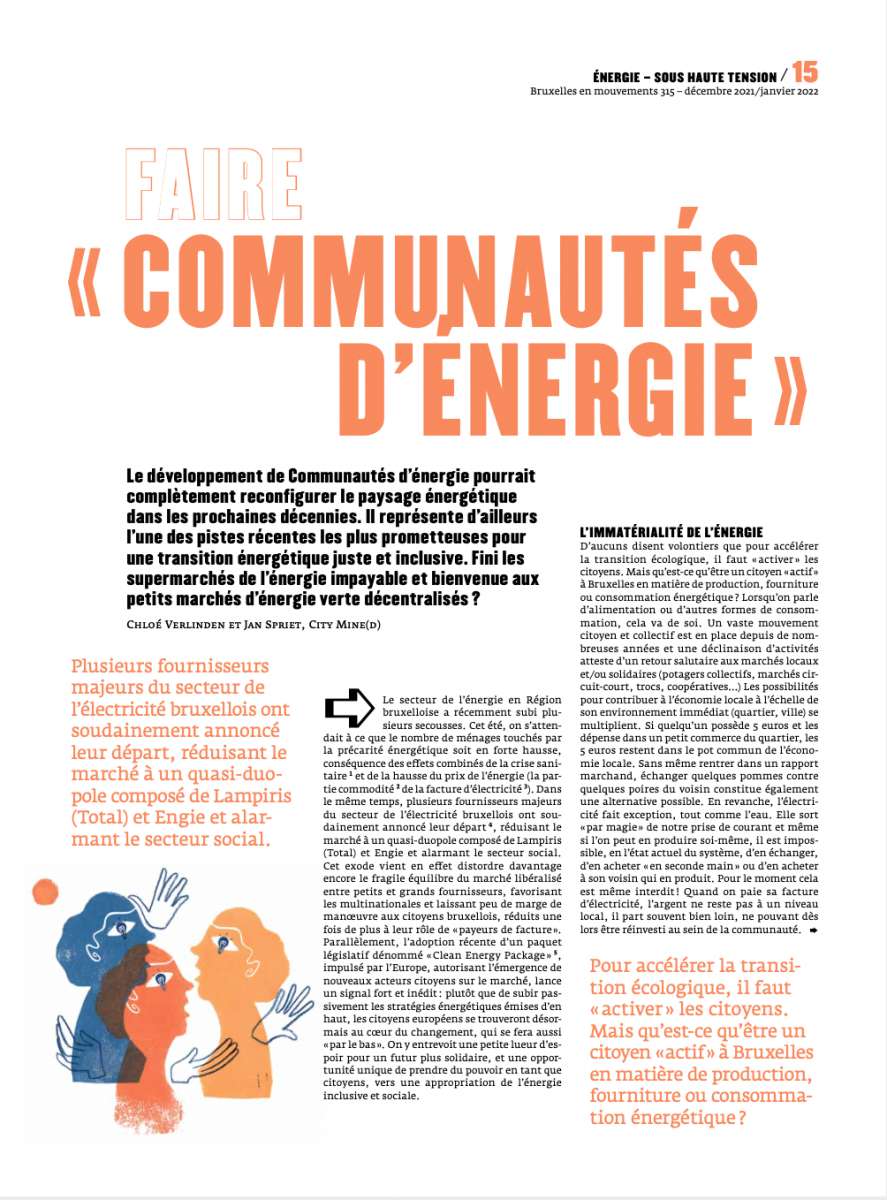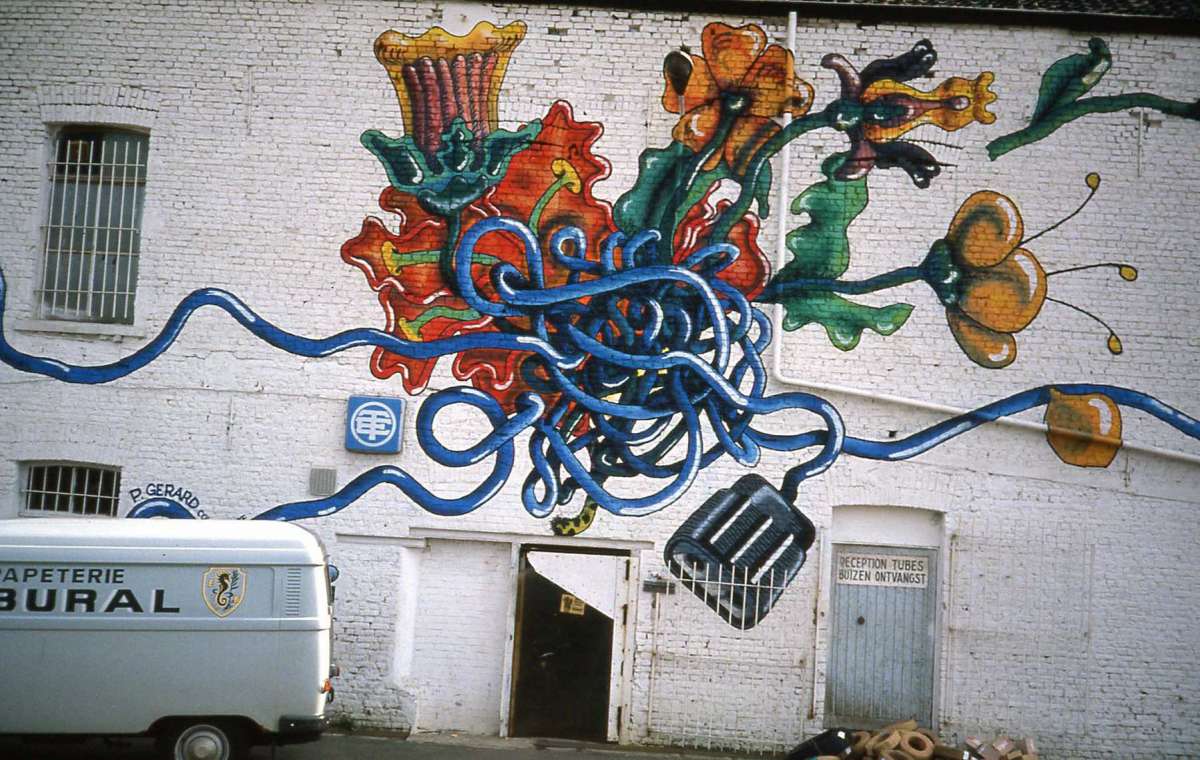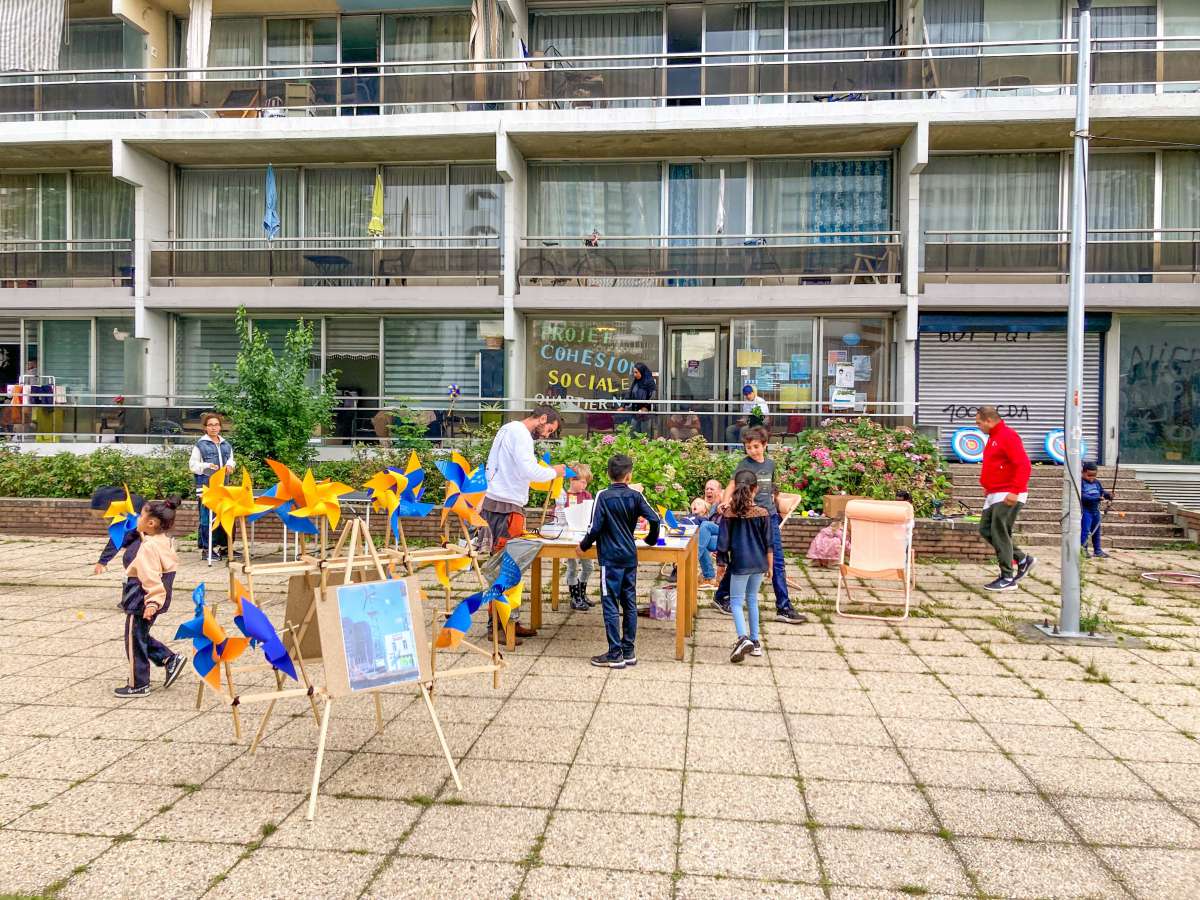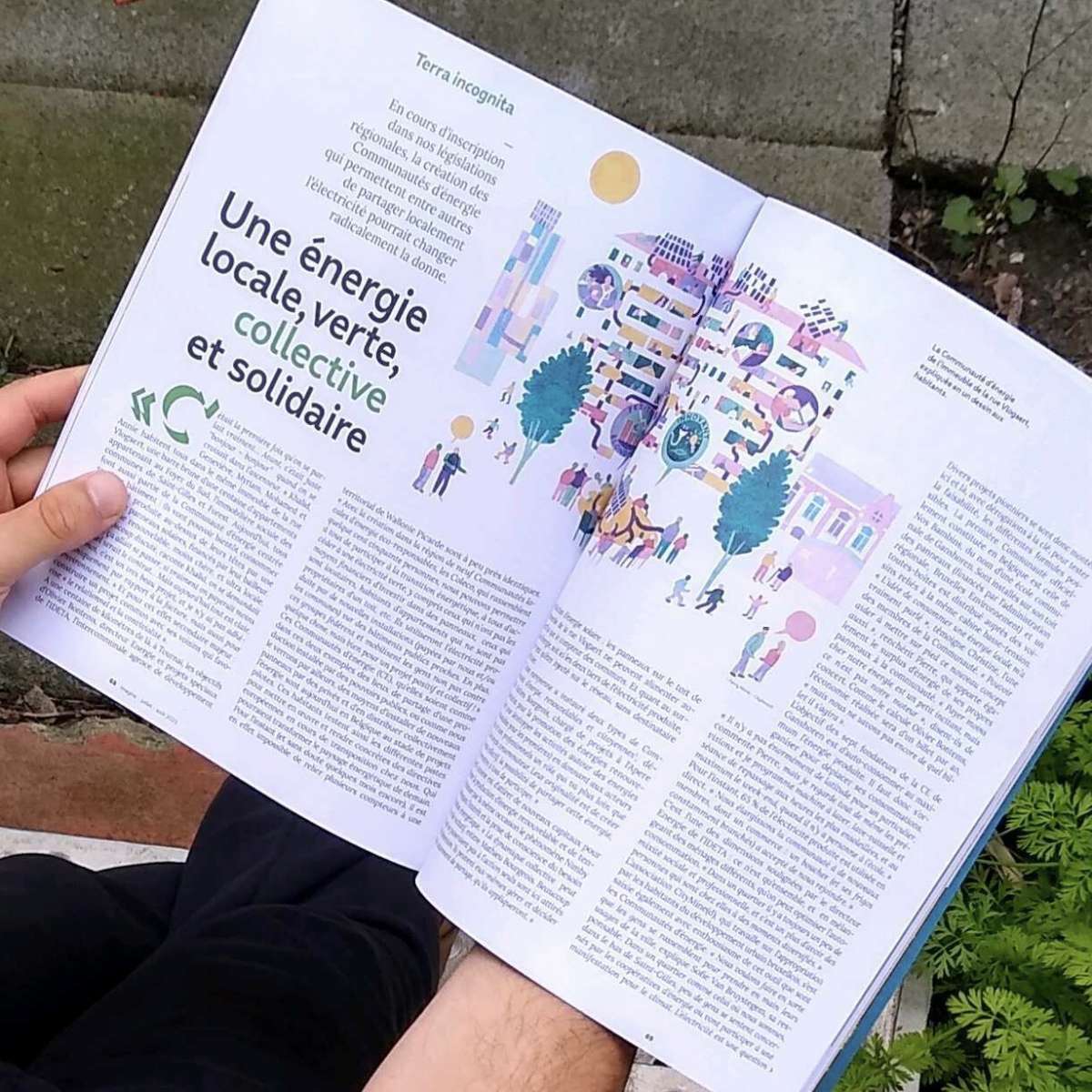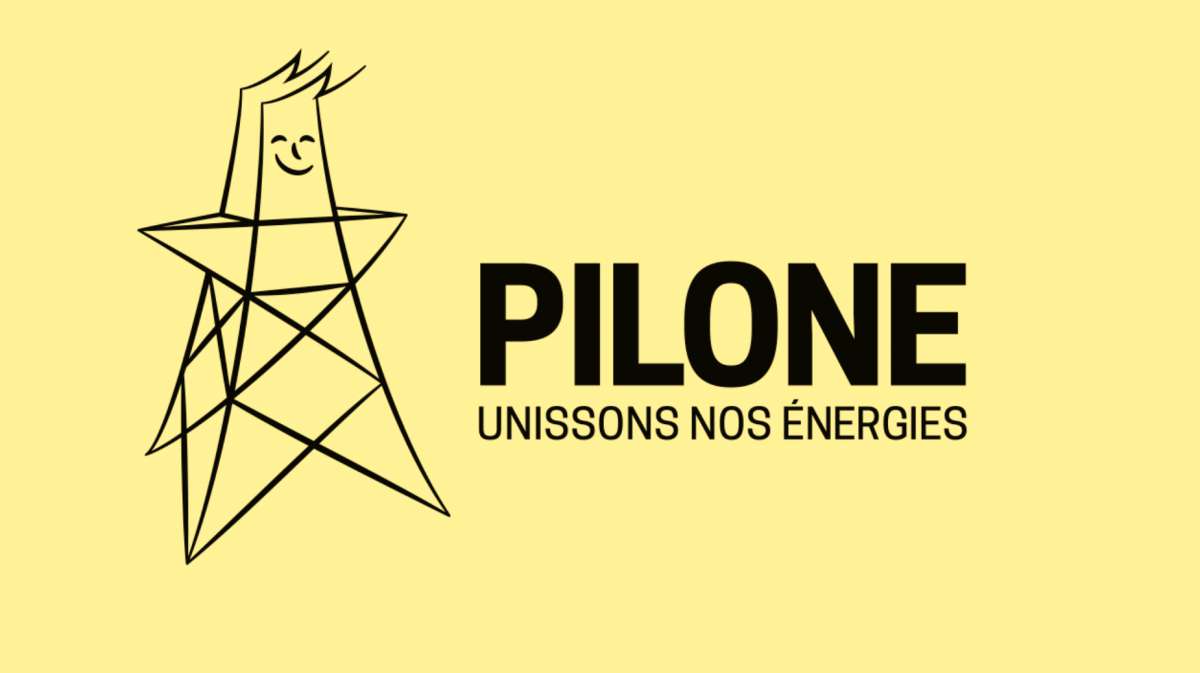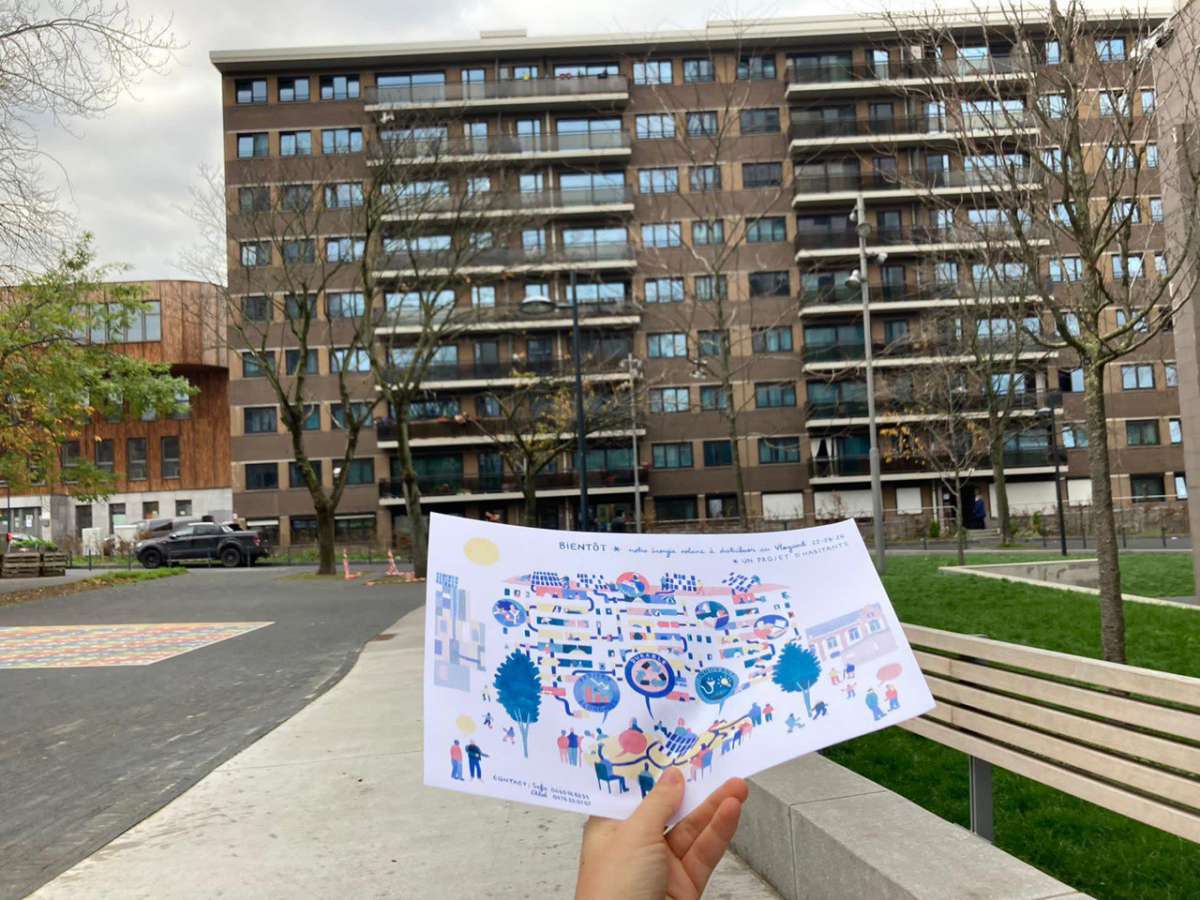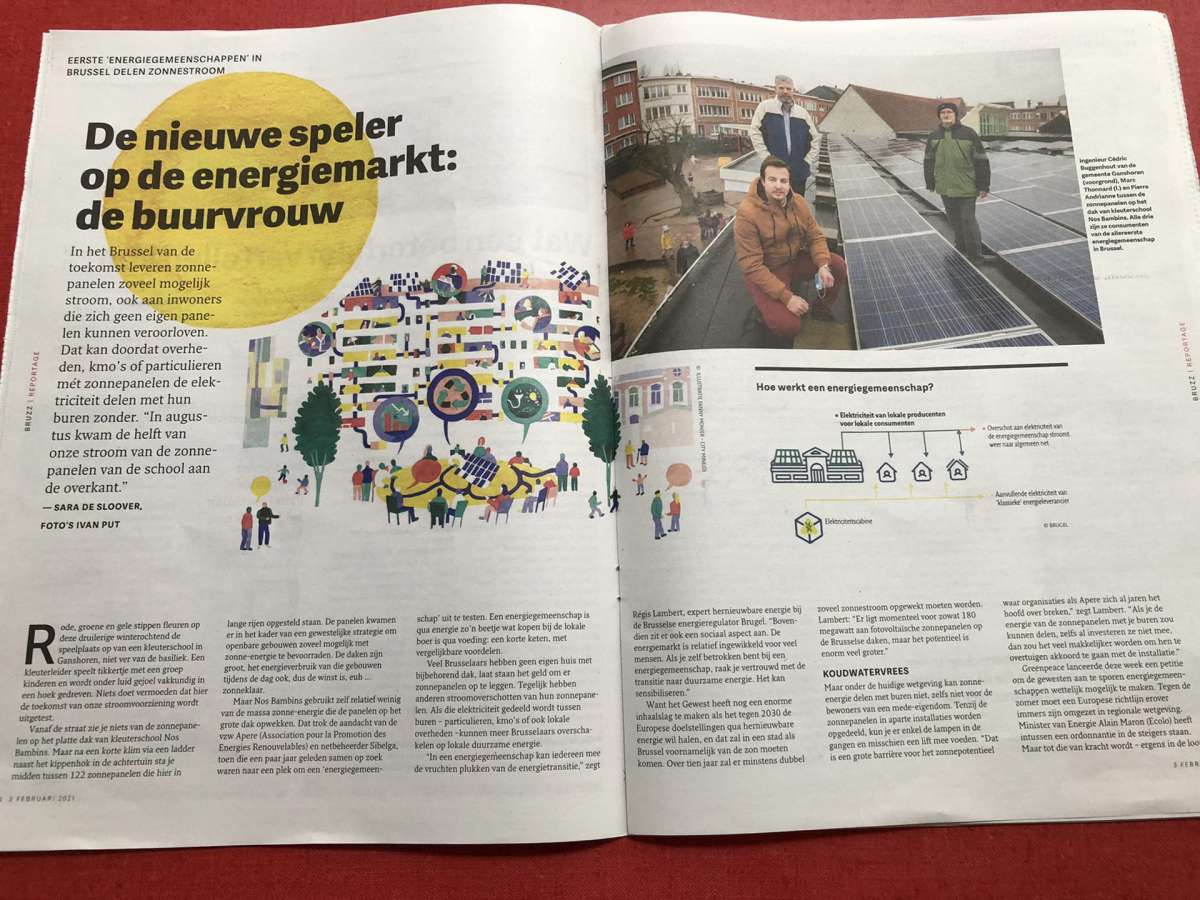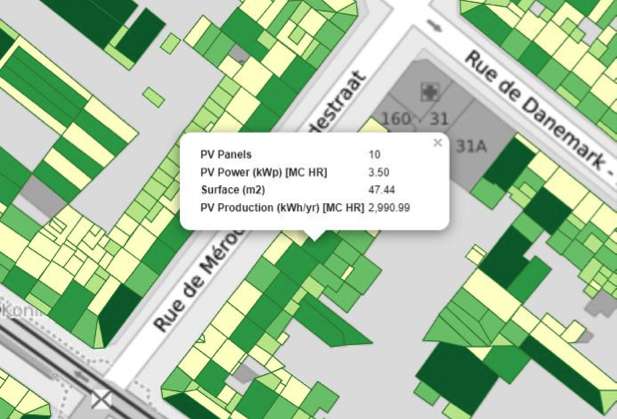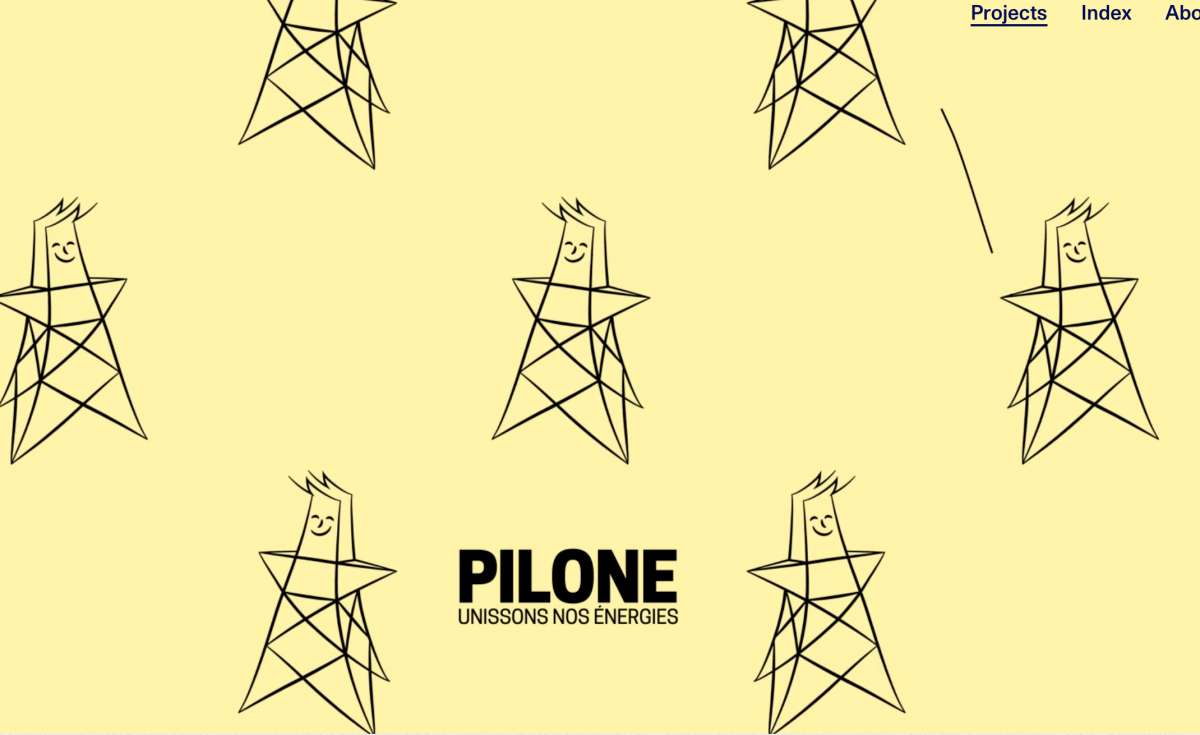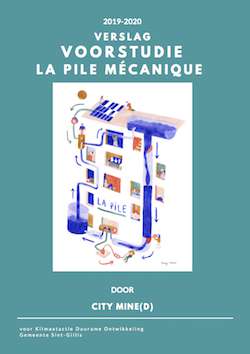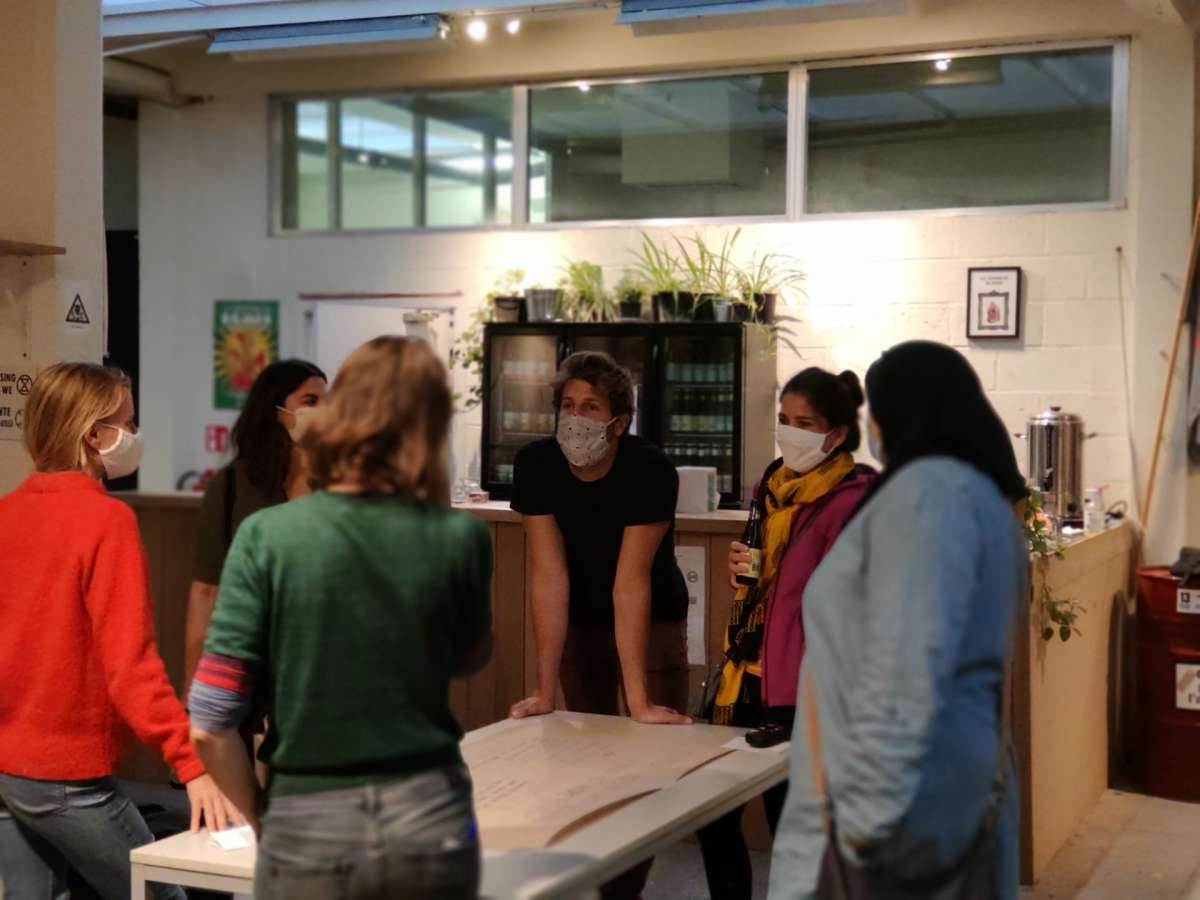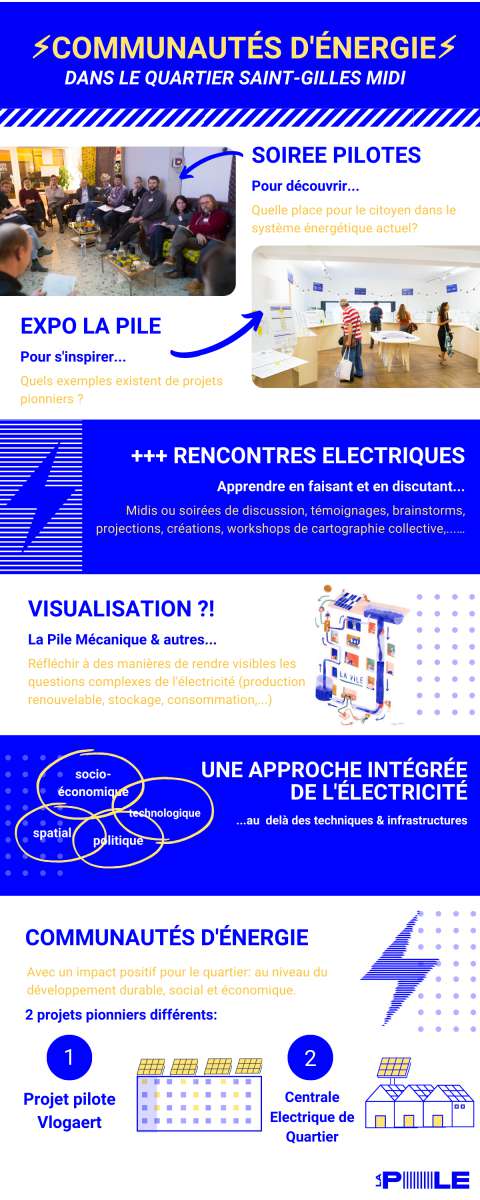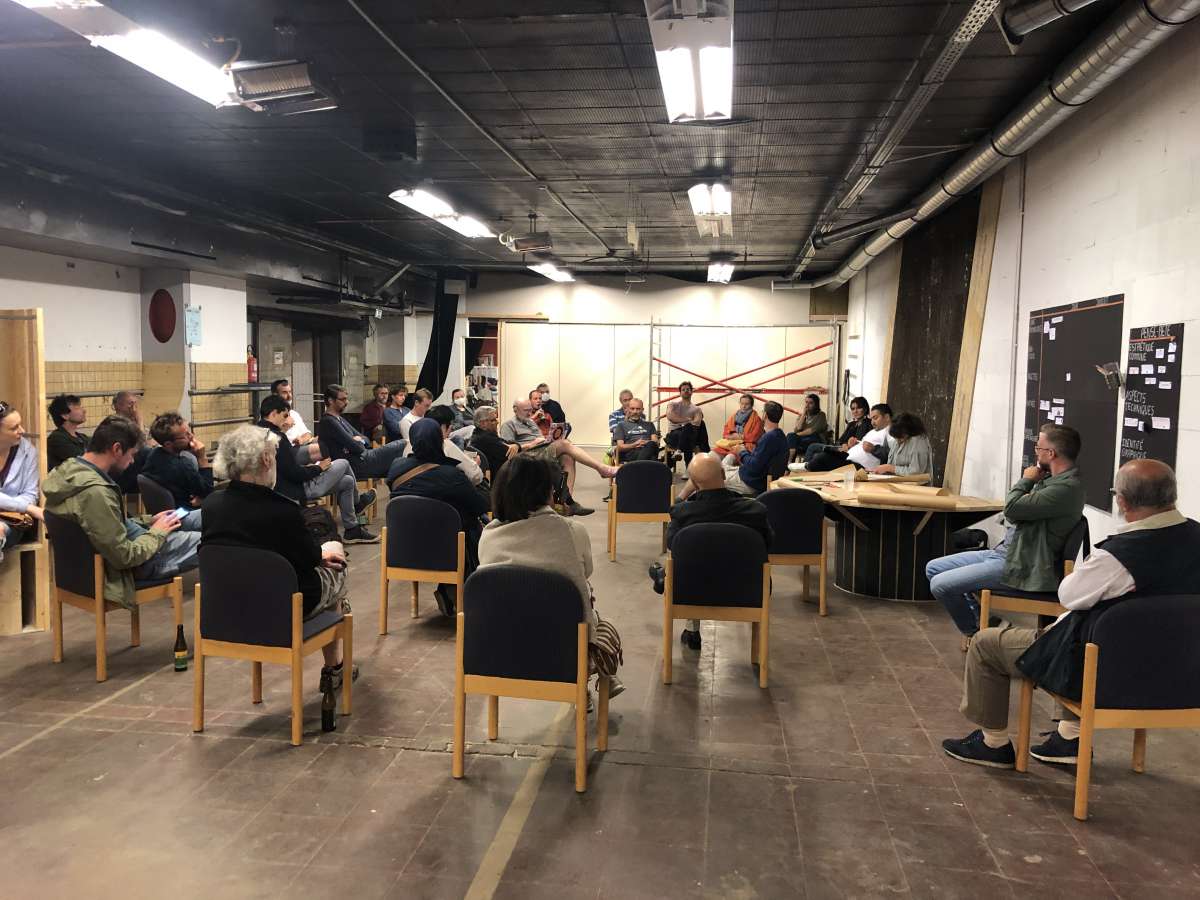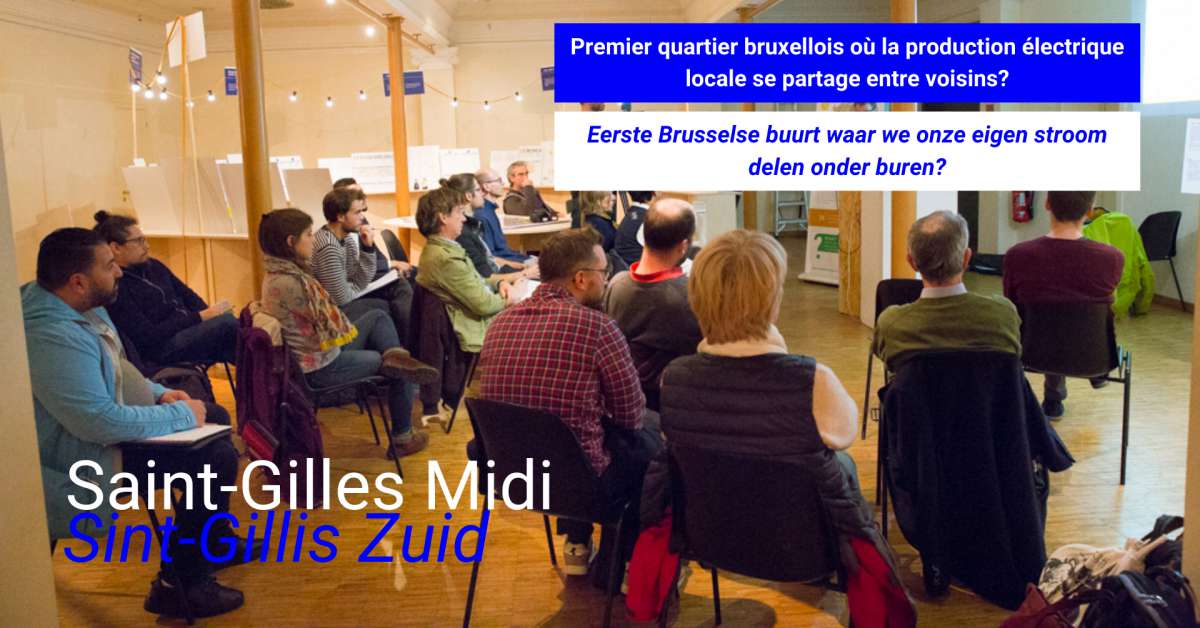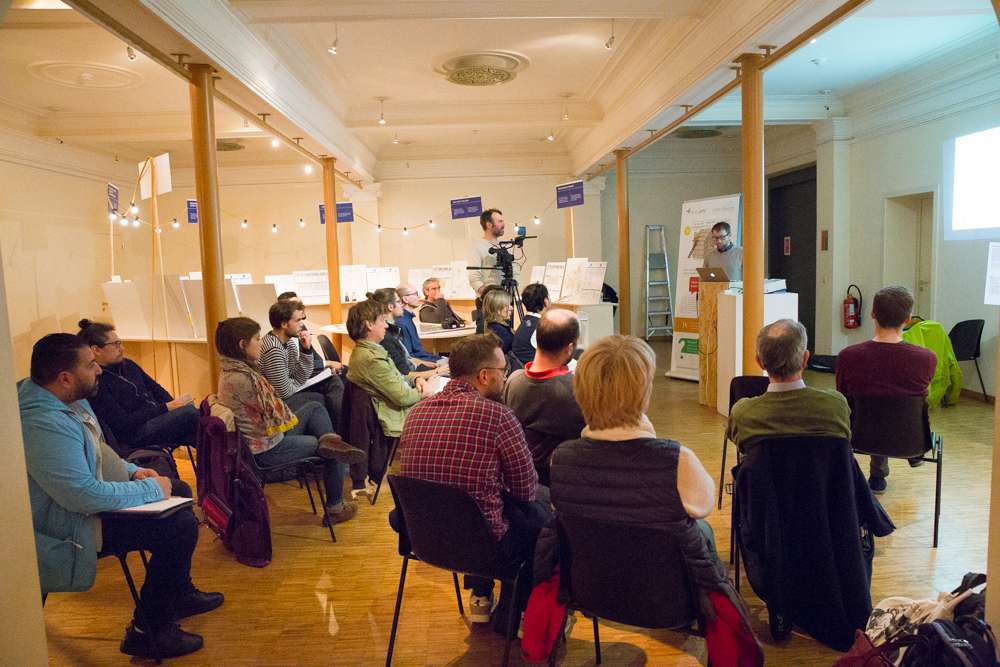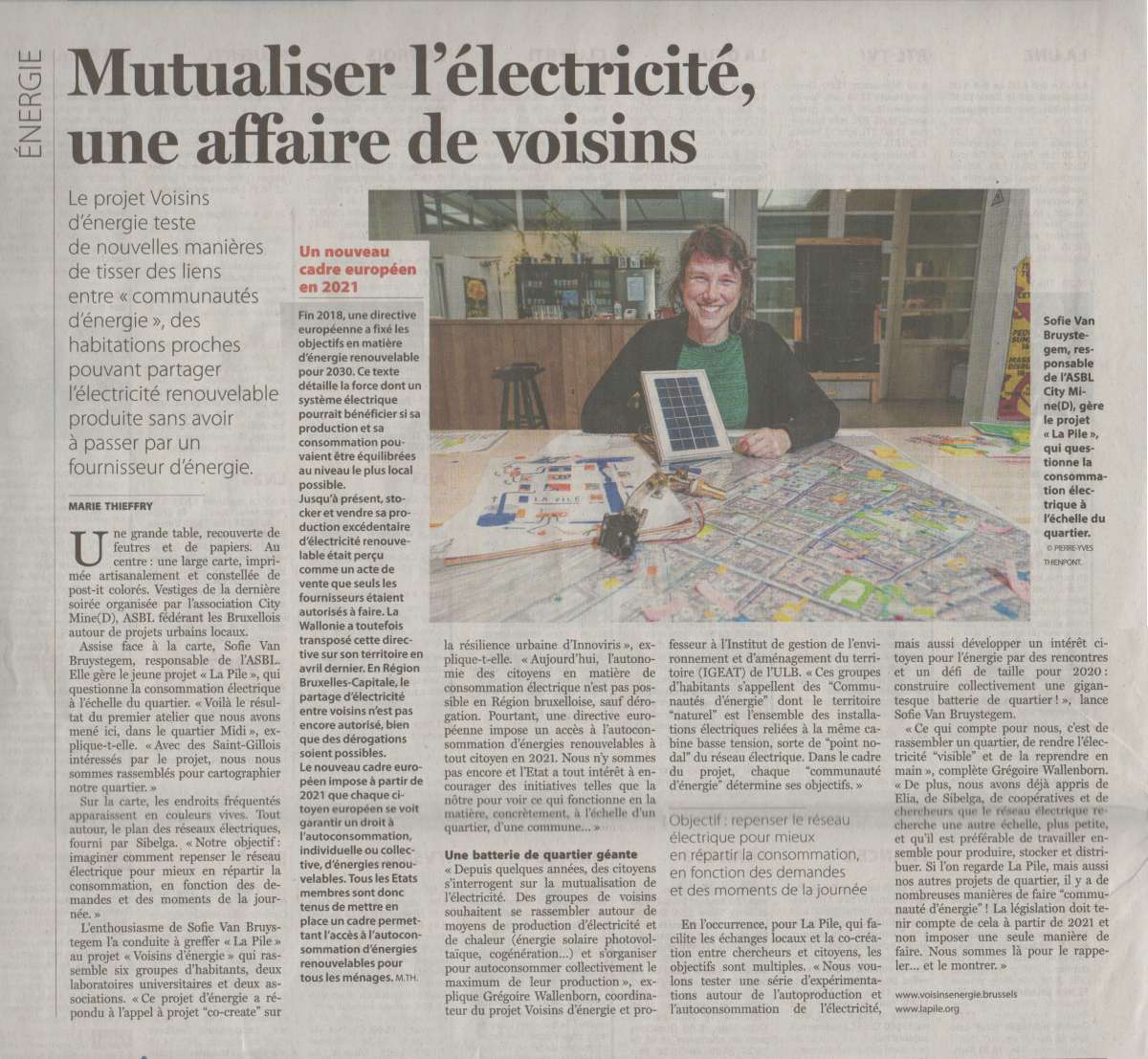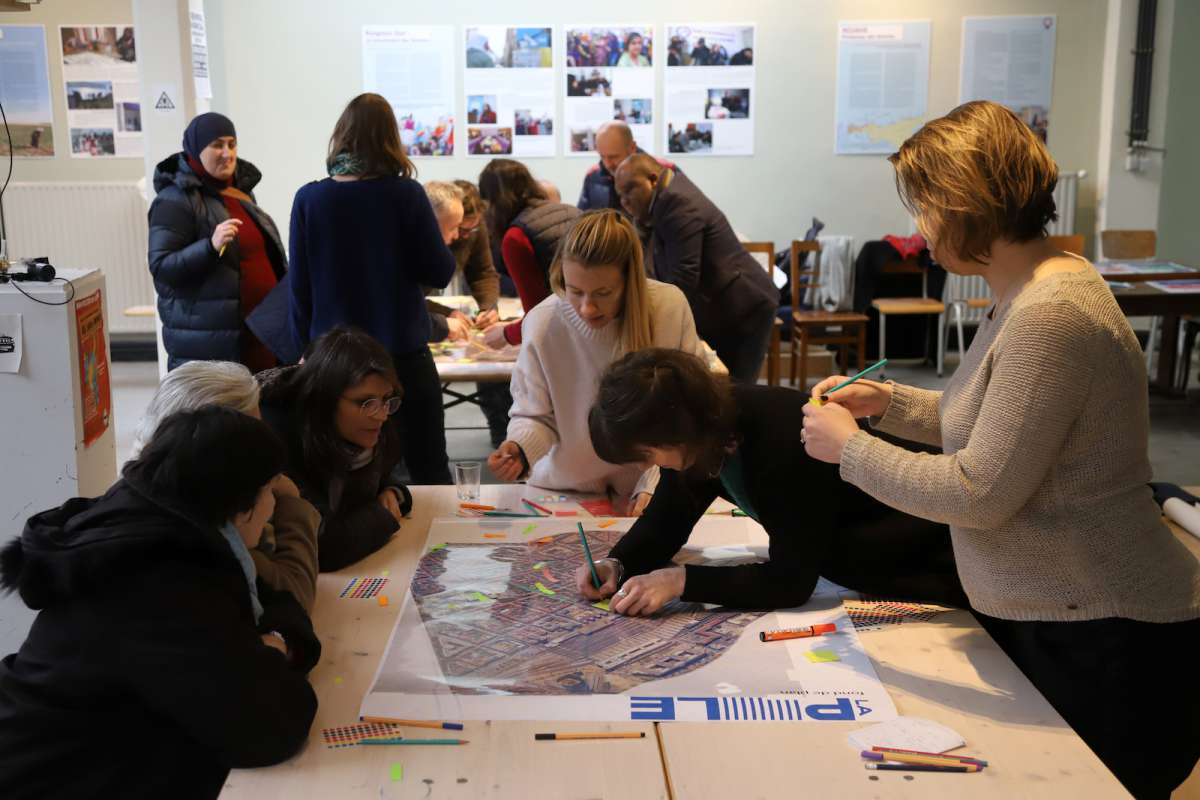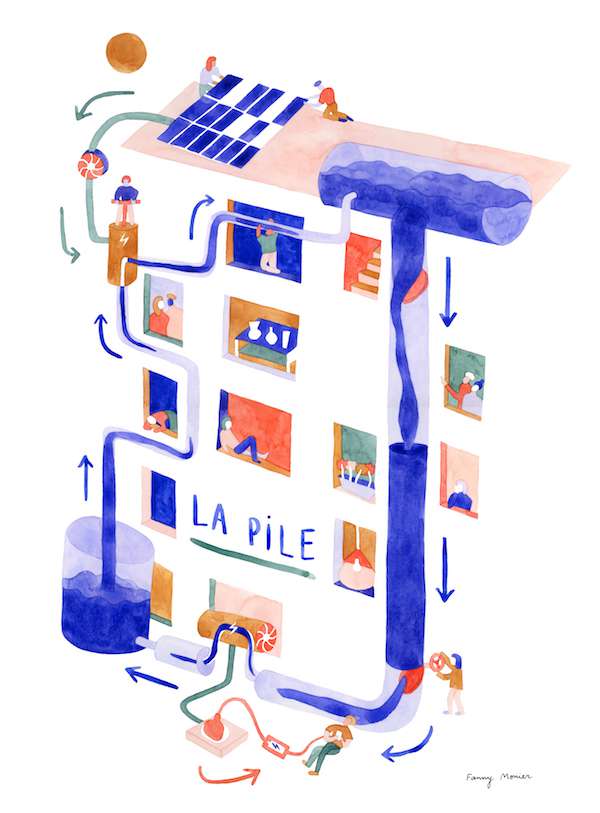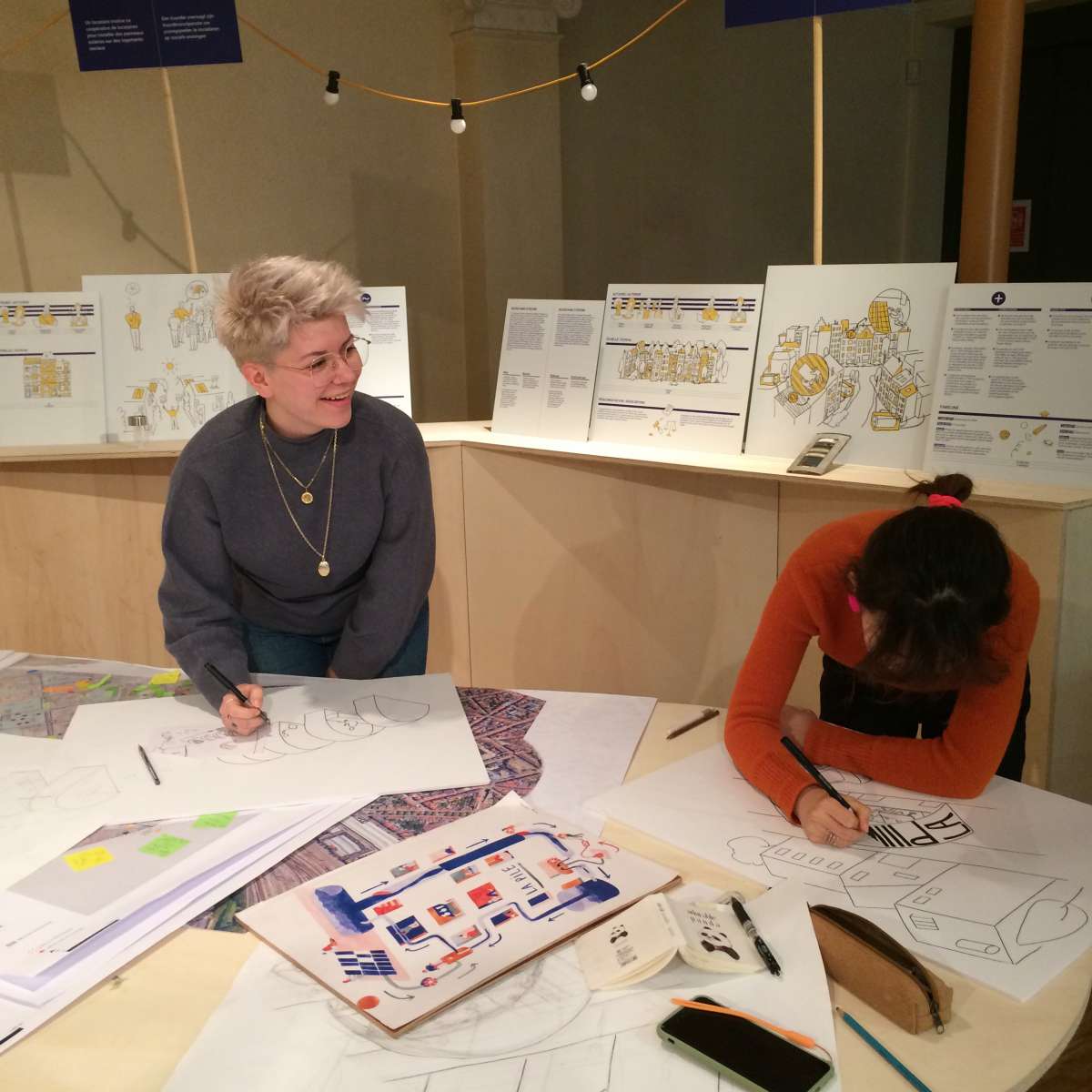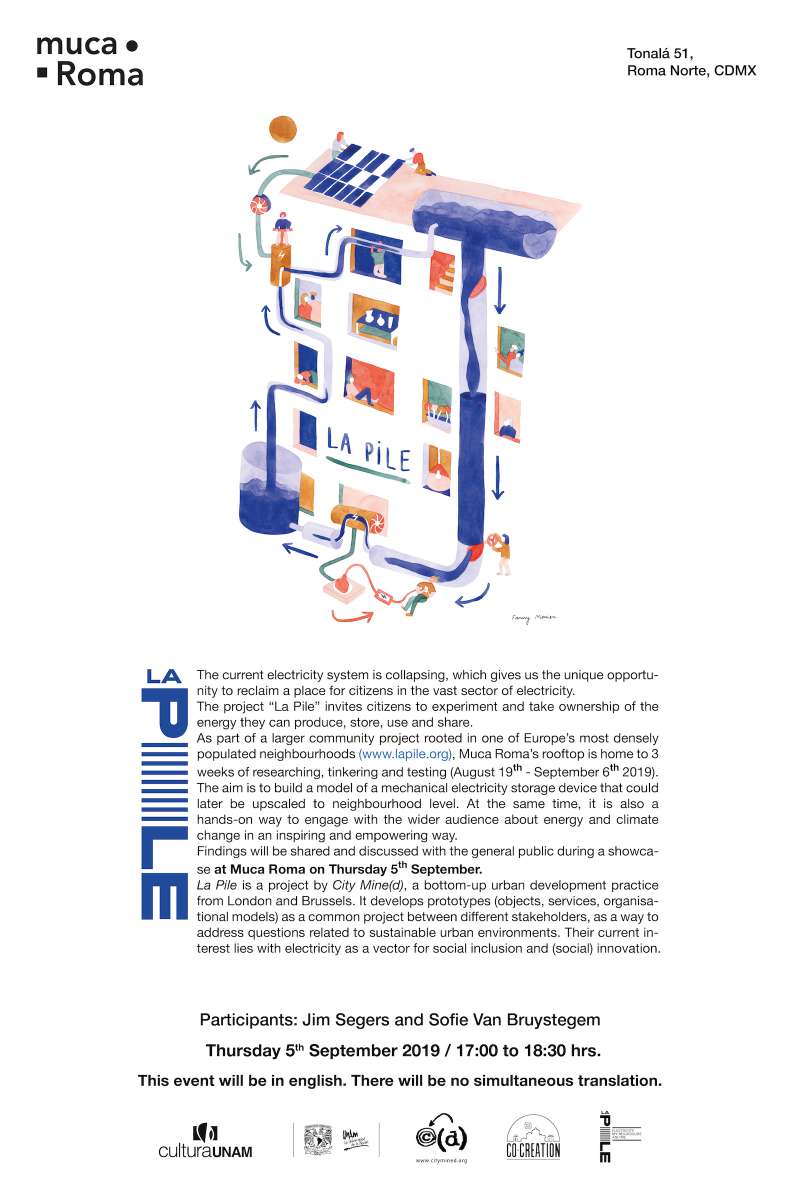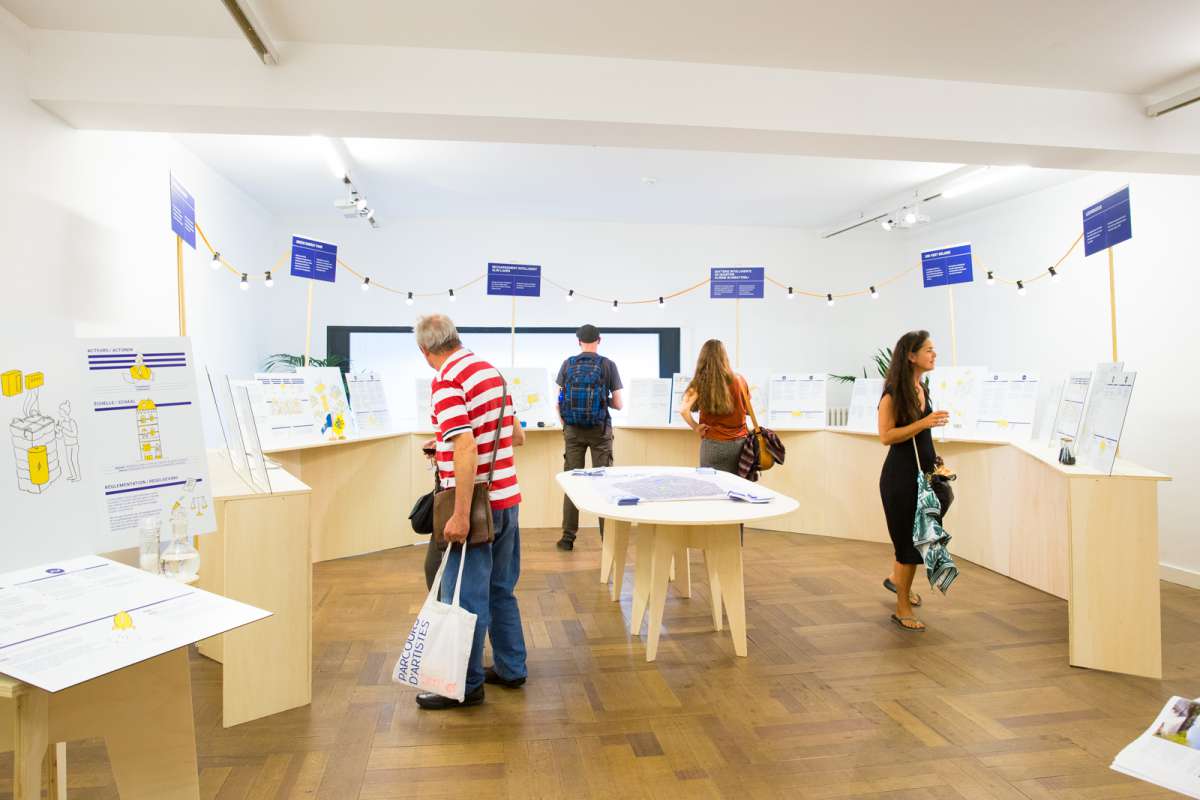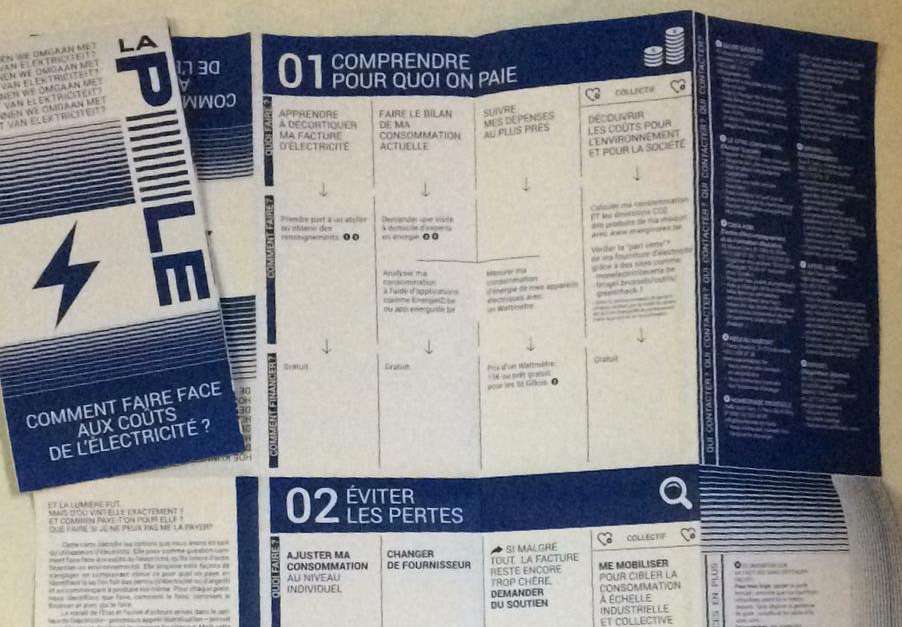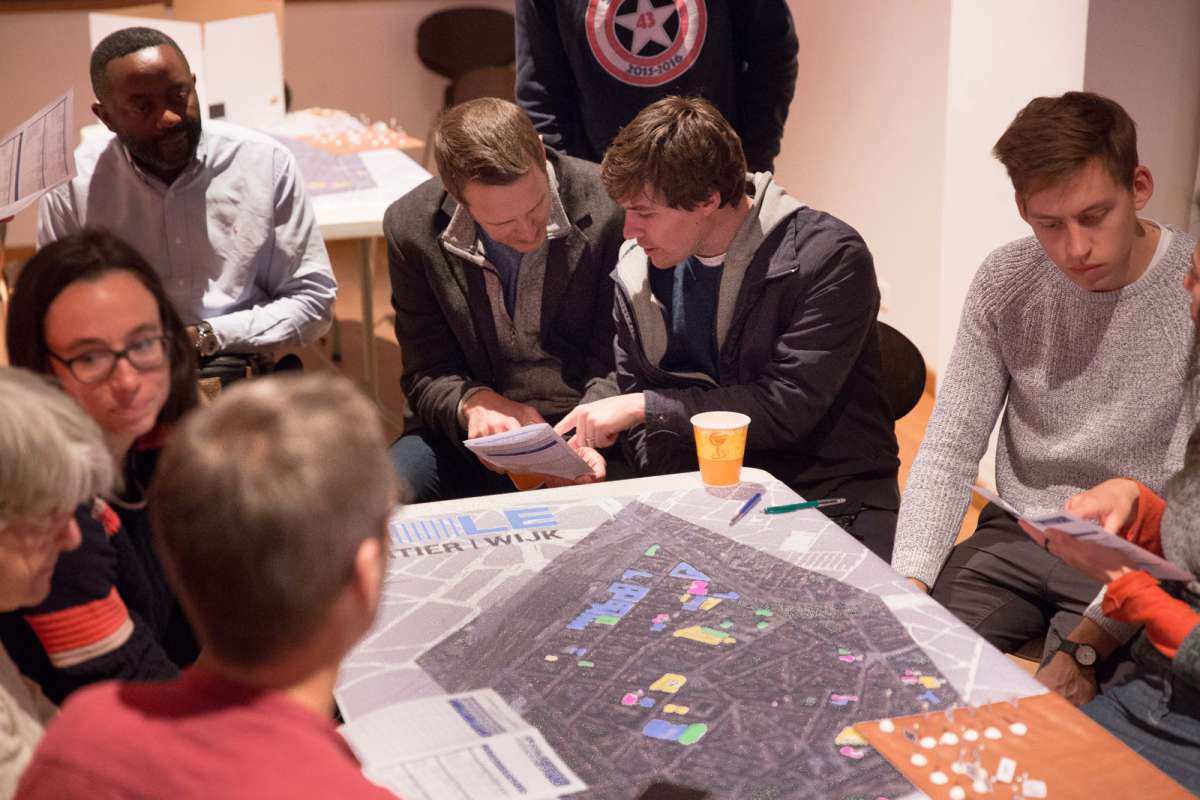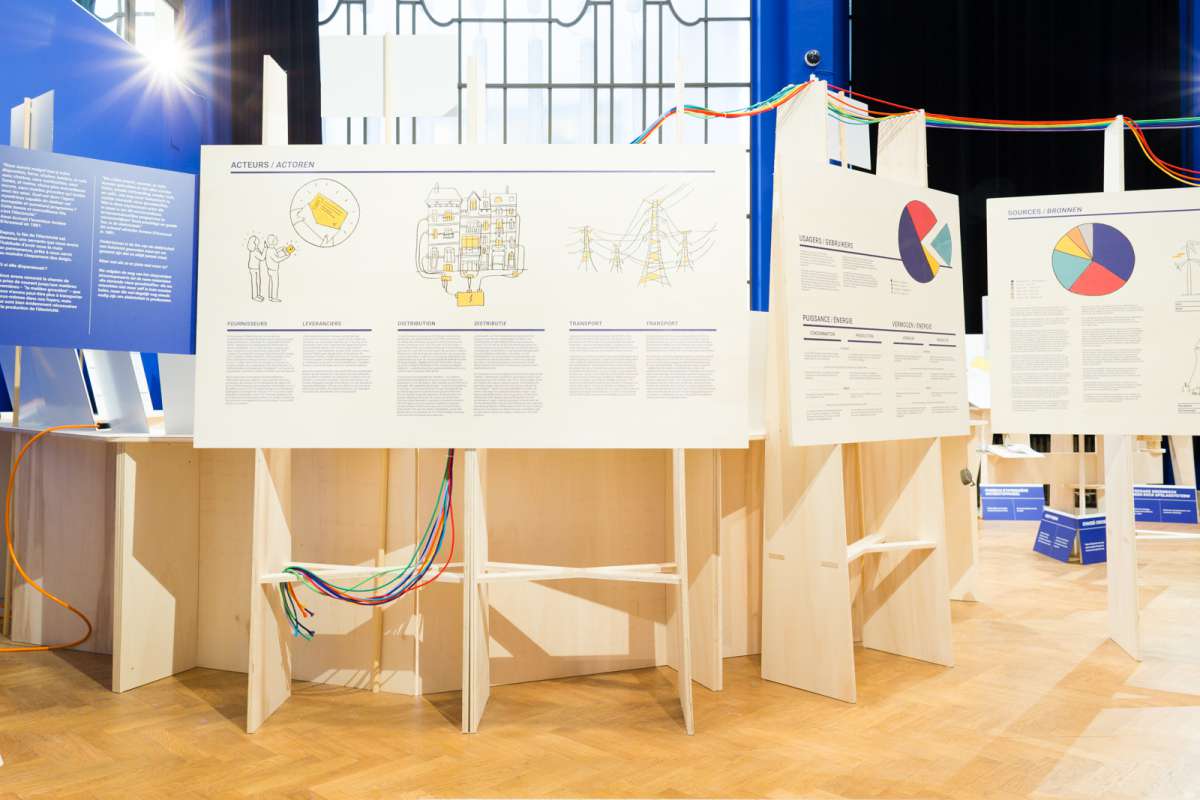Waarom lokale energieprojecten meer dan spannend zijn
[longread]
Sorry ! Dit artikel bestaat (nog) niet in het Nederlands
Starting an electricity community is likely among the more daunting endeavours imaginable: it combines technical, financial and social engineering, and involves a sector that bluntly puts signs up saying “danger of death”. Yet, electricity is a sector we rely upon. Daily. And through which we can have a meaningful impact on climate warming. For people tired of being lectured on their consumption behaviour, but also for those tempted to turn their climate concerns to action, energy communities are a unique opportunity to combine structural change of a sector with practical and real things to do.
CHANGING LANDCSAPE
o Fundamental Overhaul
The electricity sector is experiencing one of its most fundamental overhauls ever. Use of electricity, its production, distribution and regulation have never been re-organised to such an extent. This opens a window for technological, market and social innovations that give us an opportunity to make the sector cleaner and fairer. The changes in the electricity sector are caused by different factors:
- households use more electricity and have also become producers;
- the free market model has reached its limits and regulators like the European Union are recognising that an uncontrolled market is detrimental for consumers as well as the environment;
- and climate-conscious communities are putting pressure on the sector to clean up its act. At the same time, new technology is becoming available and policy makers are drafting frameworks that allow other actors to enter the fray. In its Electricity Directive of 2019, the European Union explicitly mentions the “sharing of electricity that is produced by production units owned by the community” and it “grants citizen energy communities the right to manage distribution networks in their area of operation.” It reiterated its wishes to work with citizen and local energy communities in its European Green Deal of December 2019. In the coming two years (2020-'21) these wishes will be translated in regional and national legislation. These are unique opportunities for energy communities to shape the legal framework by providing evidence of its merits in the coming years. The sector is being reshaped for generations to come, the moment to influence it is now.
o Energy Communities
The electricity sector is subject to what economists call compounding: a large part of it is made up of many seemingly small bits, in this case of many consuming households. These households will change their use of energy only if they are convinced of the benefits, financial or other. Many conclude from this that the energy transition will be social or will not be at all. Change will have to come from the bottom up. It is worth noting how this resonates with a wider suspicion and rejection of institutions and authorities imposing change from the top down. According to Rescoop, the European Federation of Energy Coopeatives, an energy community is “a way to ‘organise’ citizens that want to cooperate in an energy-sector related activity based on open and democratic participation and governance, so that the activity can provide services or other benefits to the members or the local community.” In metropolitan context, these communities seem much rarer than in more rural settings. As yet, the Brussels Capital Region has one financial energy cooperative (Energiris), but no bottomup sharing energy community. The latter is different from a community that emerges around a technlogical infrastructure in the sense that it starts from a community of citizens.
Experimenting, real world testing and pioneering
It has been pointed out that the loudest demand for action, even combined with growing evidence of a system on the verge of collapse, is in itself not sufficient to drive change. What is needed is the availability of alternatives, many of which do not yet exist. They have to be tried and tested. And they can not solely be conceived and modelled in laboratories, they need to be experimented with in the real world. They have to prove their merit in reality. Take for instance the shift in electricity consumption to bring it in line with the production of green energy. There is a wealth of technical and technological solutions imaginable to run washing machines at times when solar production is at its peak. Tried in the real world, however, this implies that washing machines run at noon, when householders are often not at home. Leaving damp washing in the machine for several hours is not a good option, as all who have experienced it know, so consumption shifts back to the evening, to the end of the working day, where it adds to the peak of all other unmovable needs for electricity. The village of Loenen in the Netherlands has a population of barely 3,500. Since its plan to become self-sufficient in energy won support from its municipal authority in 2013, its small community has become a hotbed of energy-initiatives: collective insulation, solar panel installations, gas-dependency reduction. Much of it supported by its own Energy Fund and soon managed by the Energy Cooperative Loenen. Most strikingly, when the community was surveyed on the reasons for getting involved, Loeneners quoted first the autonomy these measures provided, secondly carbon footprint reduction, third reductions in their energy bill, and then pioneering: being part of a unique, experimental and untried initiative.
o Redistribution
The fundamental transformation of the electricity landscape provides us with yet another opportunity. Deprived urban communities are often portrayed as a distinguishable category within the research on energy transition. They cumulate multiple disadvantages like less efficient housing insulation, poverty, and higher density, amongst others. In Belgium, the 10% poorest households spend 13% of their income on energy, whereas the 10% richest only 3% of their income. A study by the New Economics Foundation called “Plugging the Leaks” sees the local economy as a bucket. “If someone has £5 and spends it in the local grocers, the £5 stays in the bucket. But when they pay the electricity bill, it doesn’t stay in the bucket. Spending on electricity is like a leak in the bucket: the fiver leaks out as the supplier is a business outside the area.” Solar panels provide a unique possibility to produce locally, even in an urban context. But we can go beyond limiting the distance electricity has to travel. We can aim to keep investment and reward local as well, and use the opportunity to connect neighbours not only by copper wires, but also by sustainable social ties.
o Conclusion
In conclusion we can say there is a growing awareness of the fact that energy transition will have to emerge from the bottom up in order to have a reasonable chance of success. And it will have to be informed by experiment. The European Union’s recent initiatives on clean energy open the door for a more active role for communities in a landscape that is currently taking shape, which adds urgency to the pressure raised by climate reports. In addition to making the sector greener, the change of ownership structure in the electricity sector could also redistribute cost and reward in a way that is fairer and more equal.
